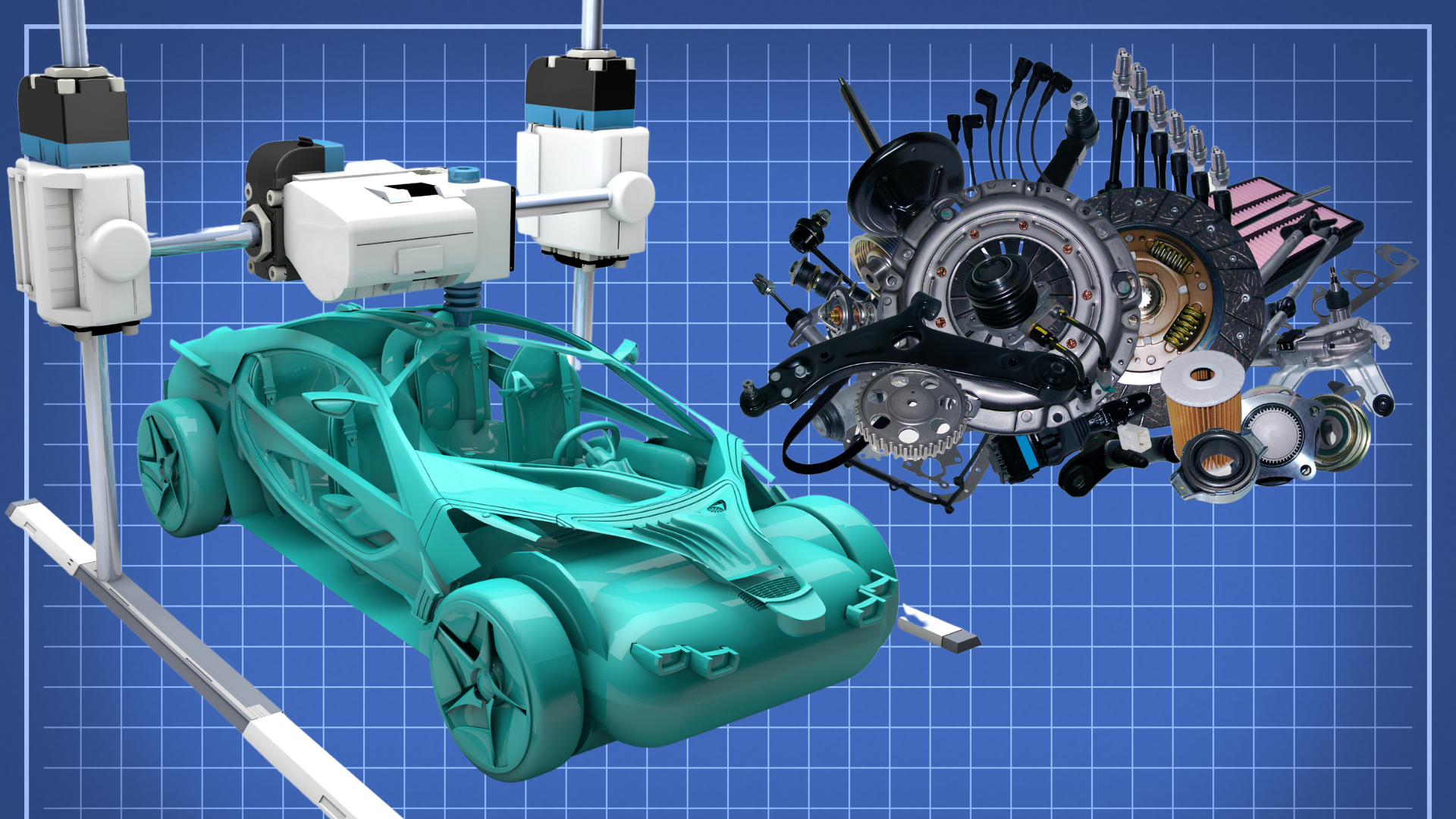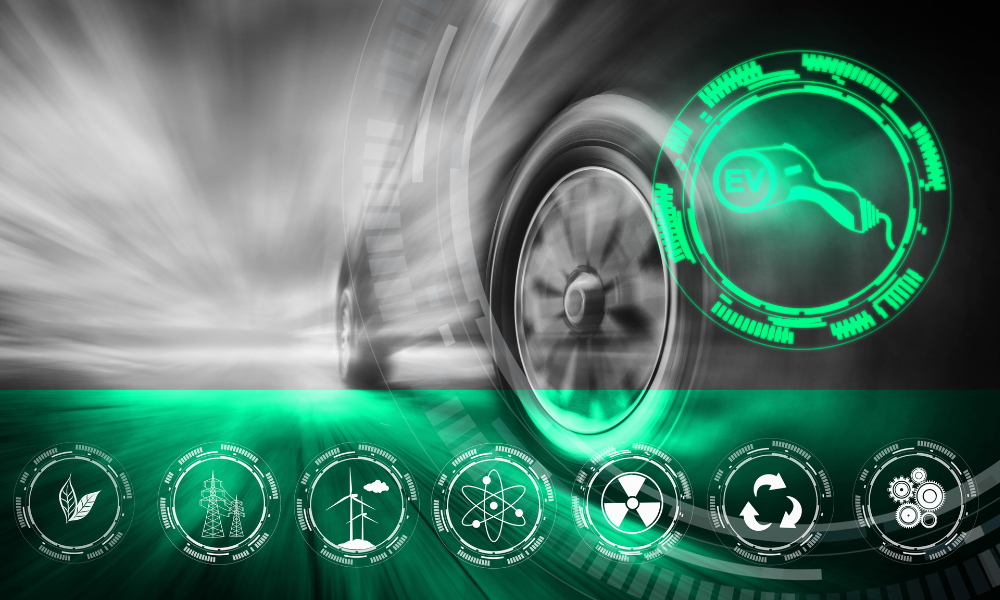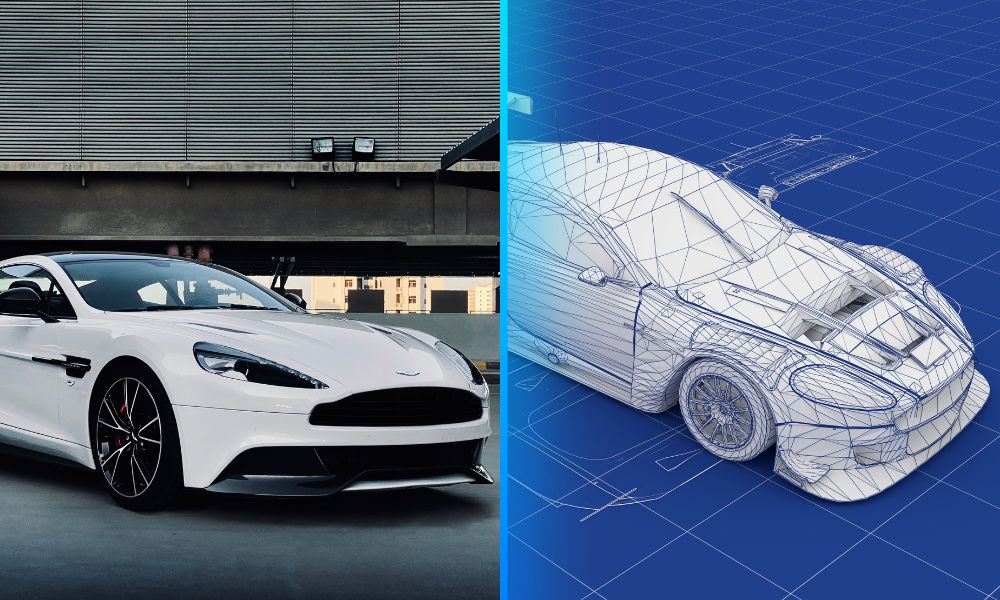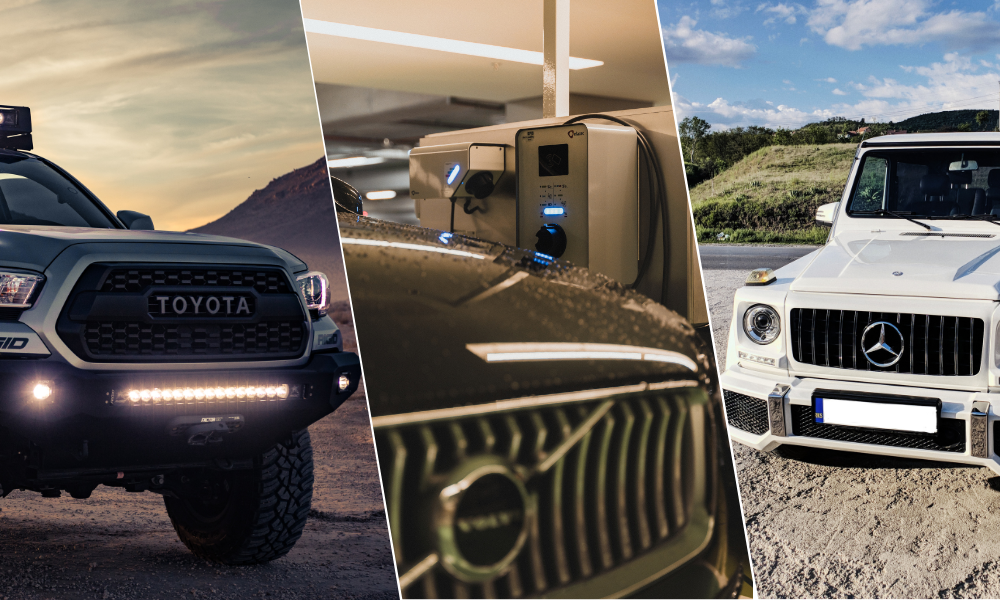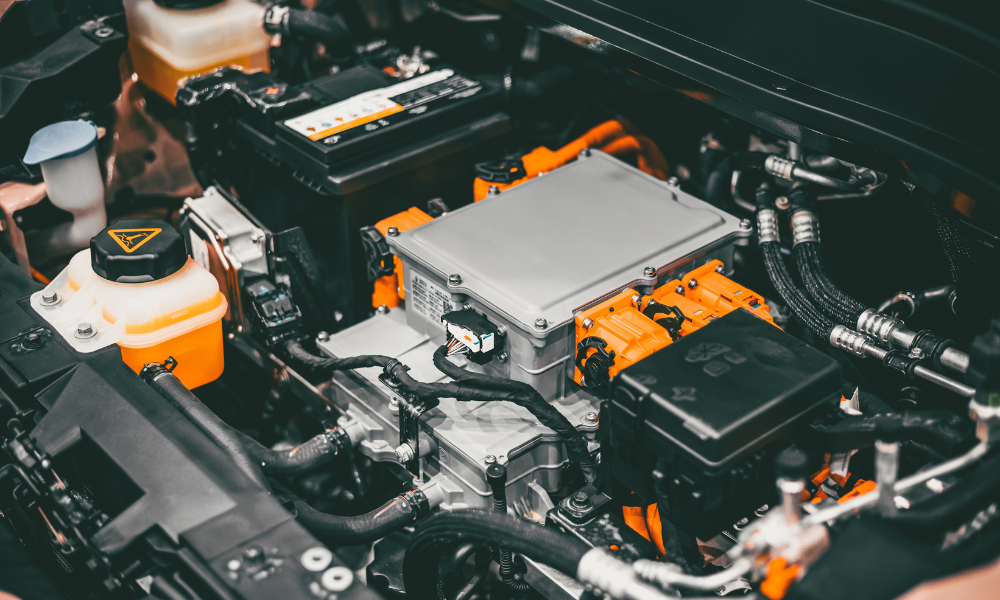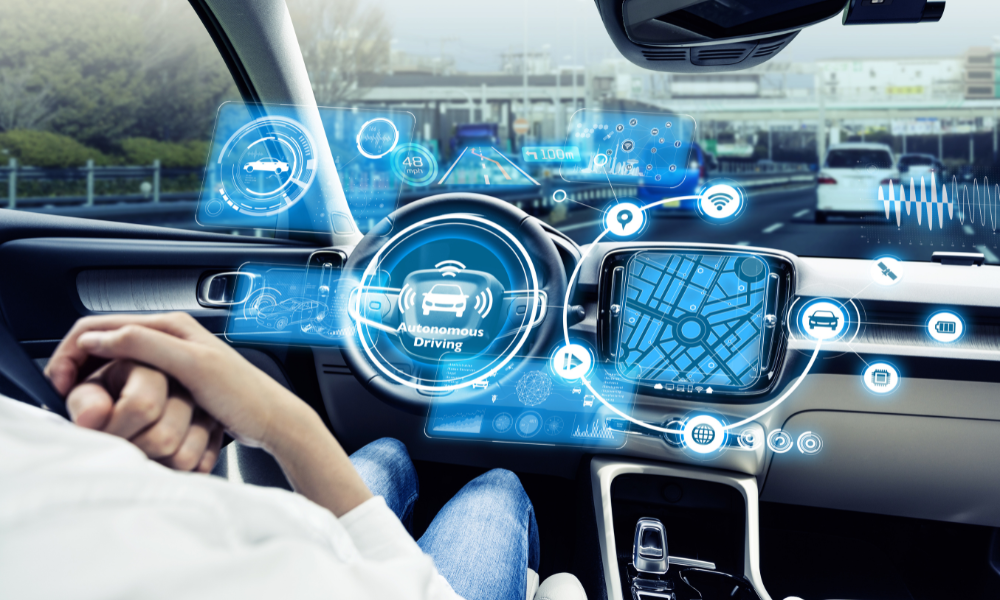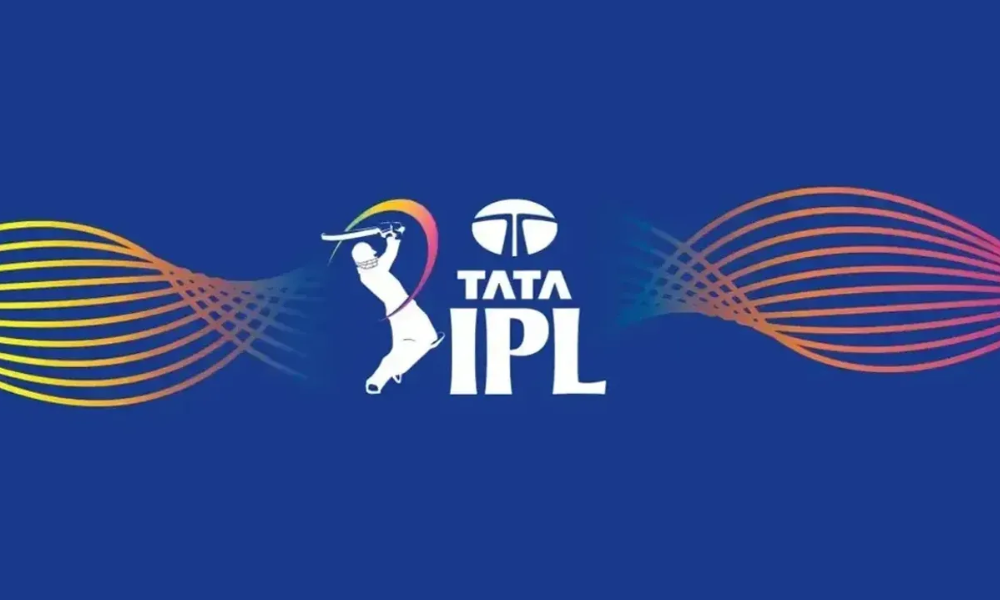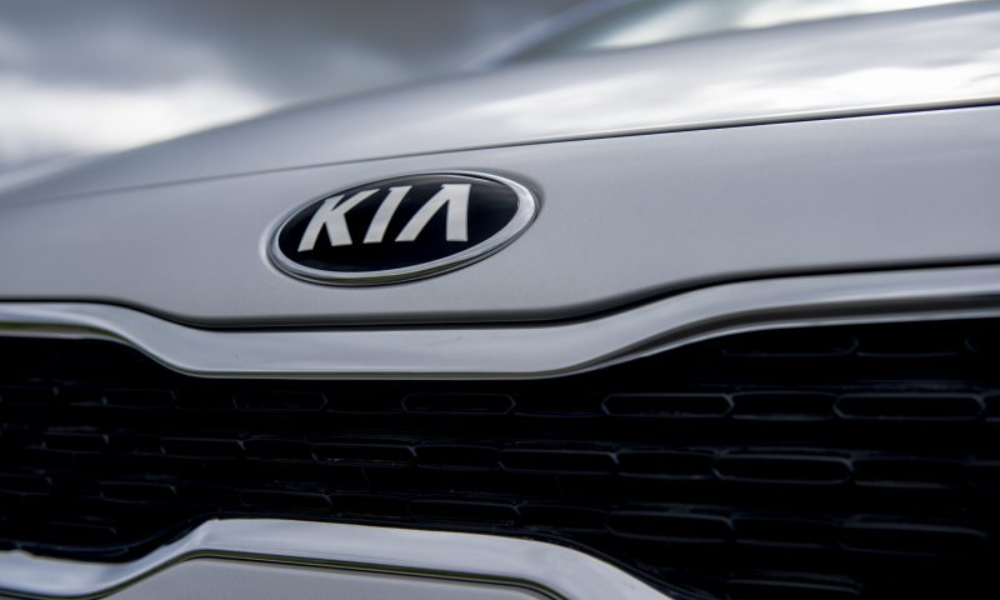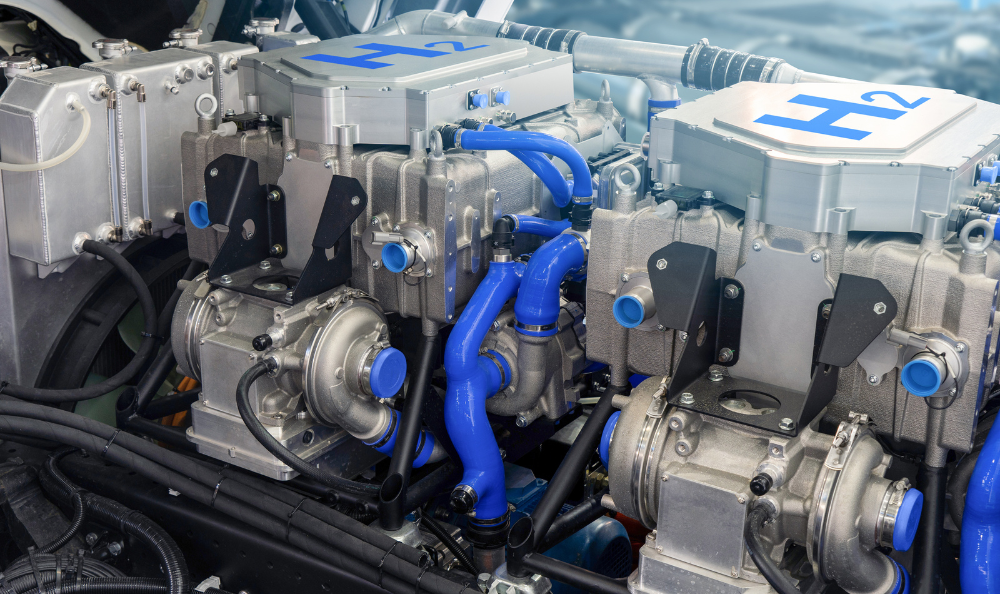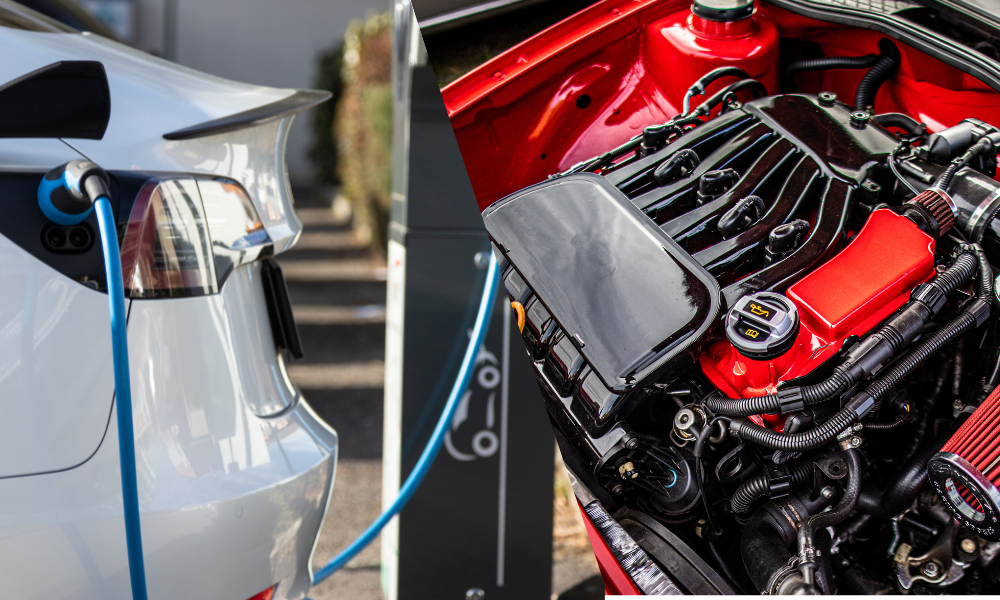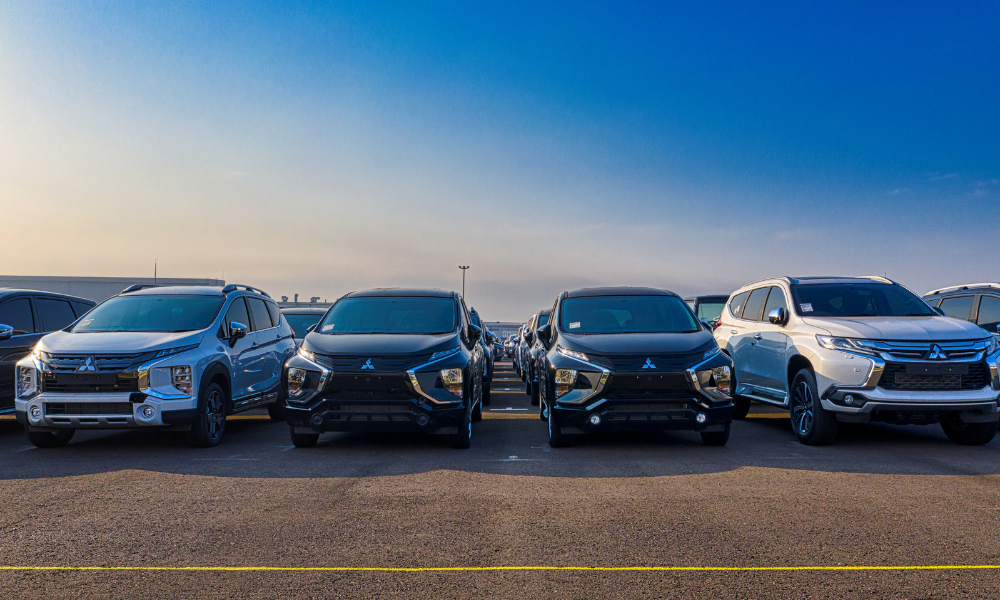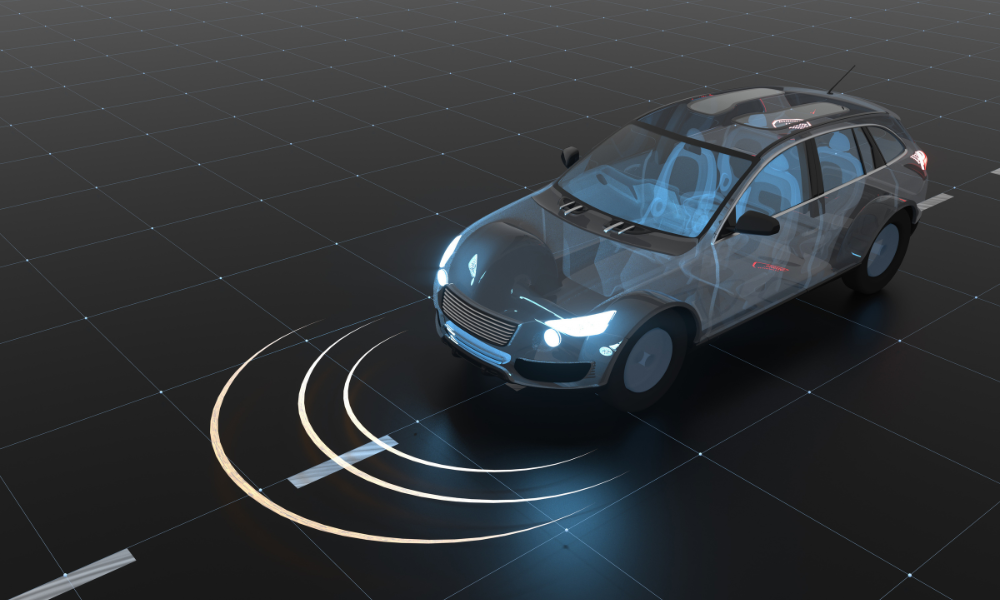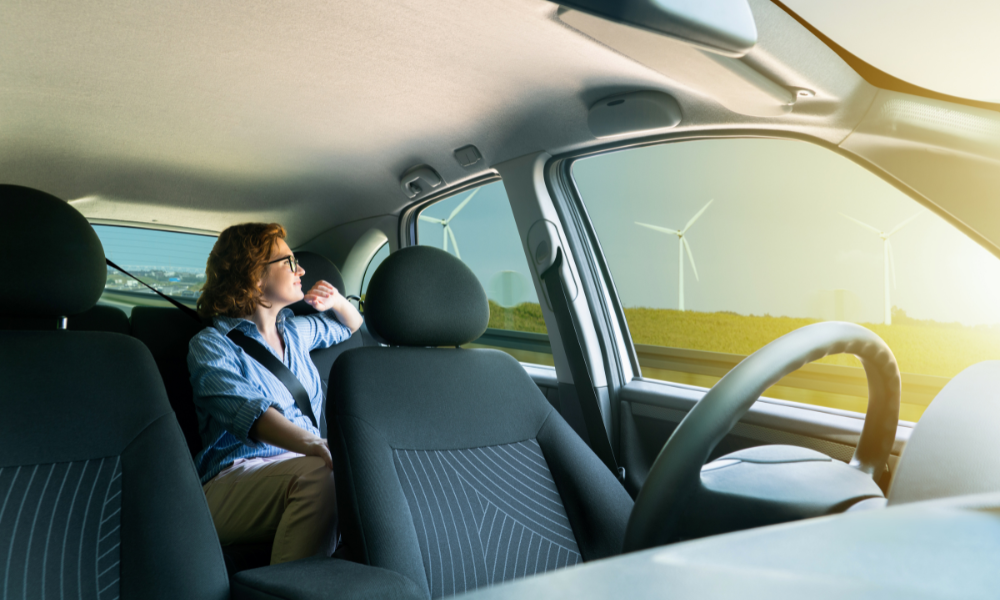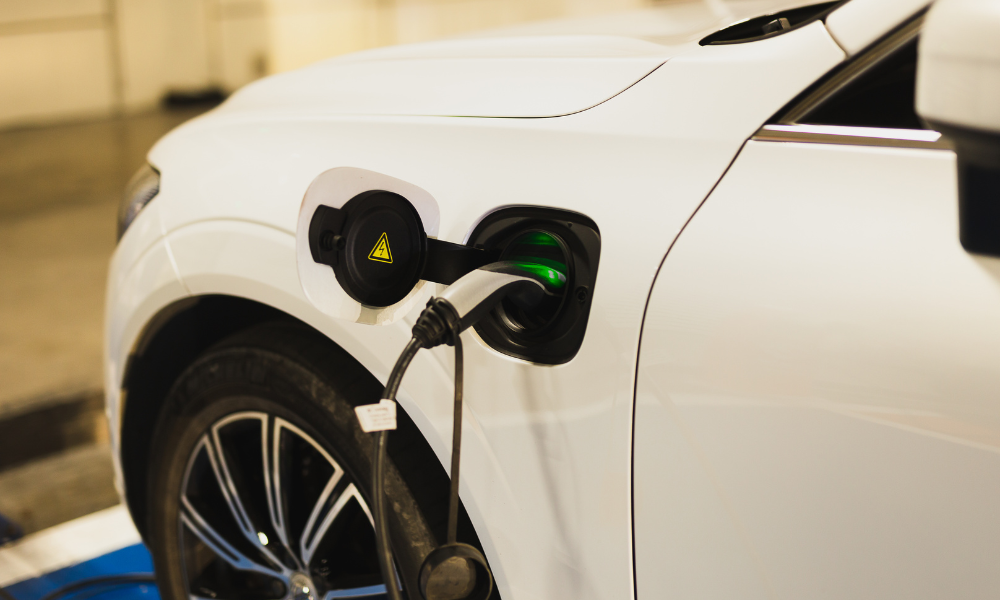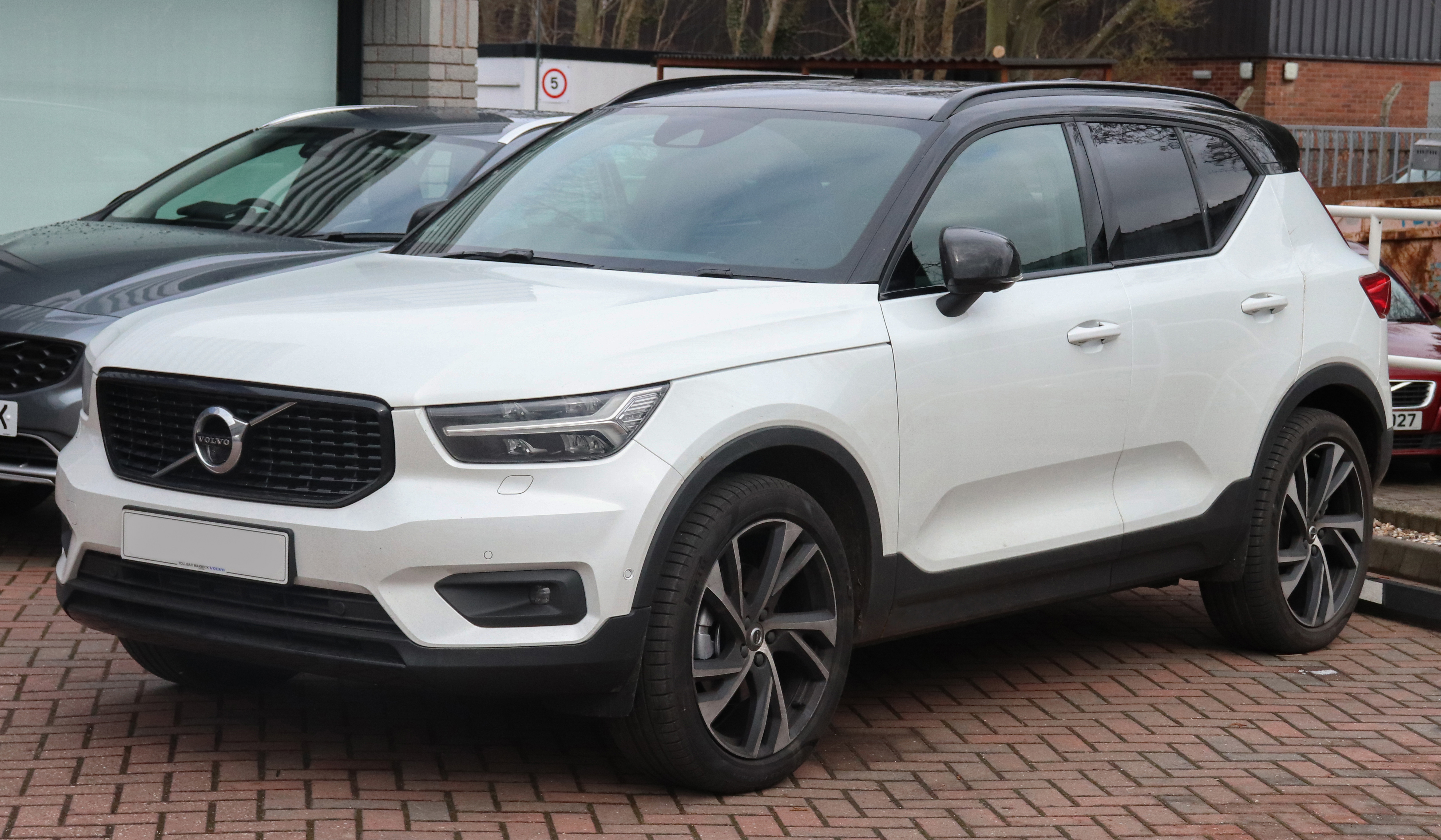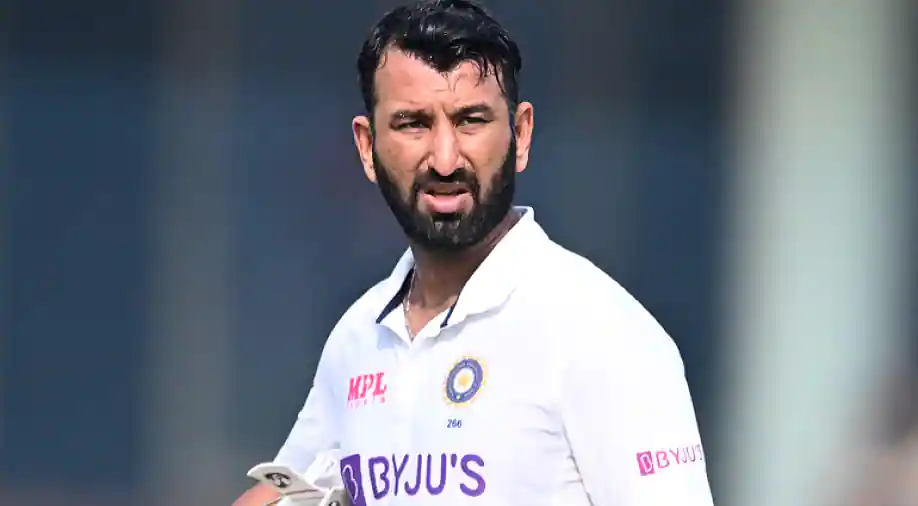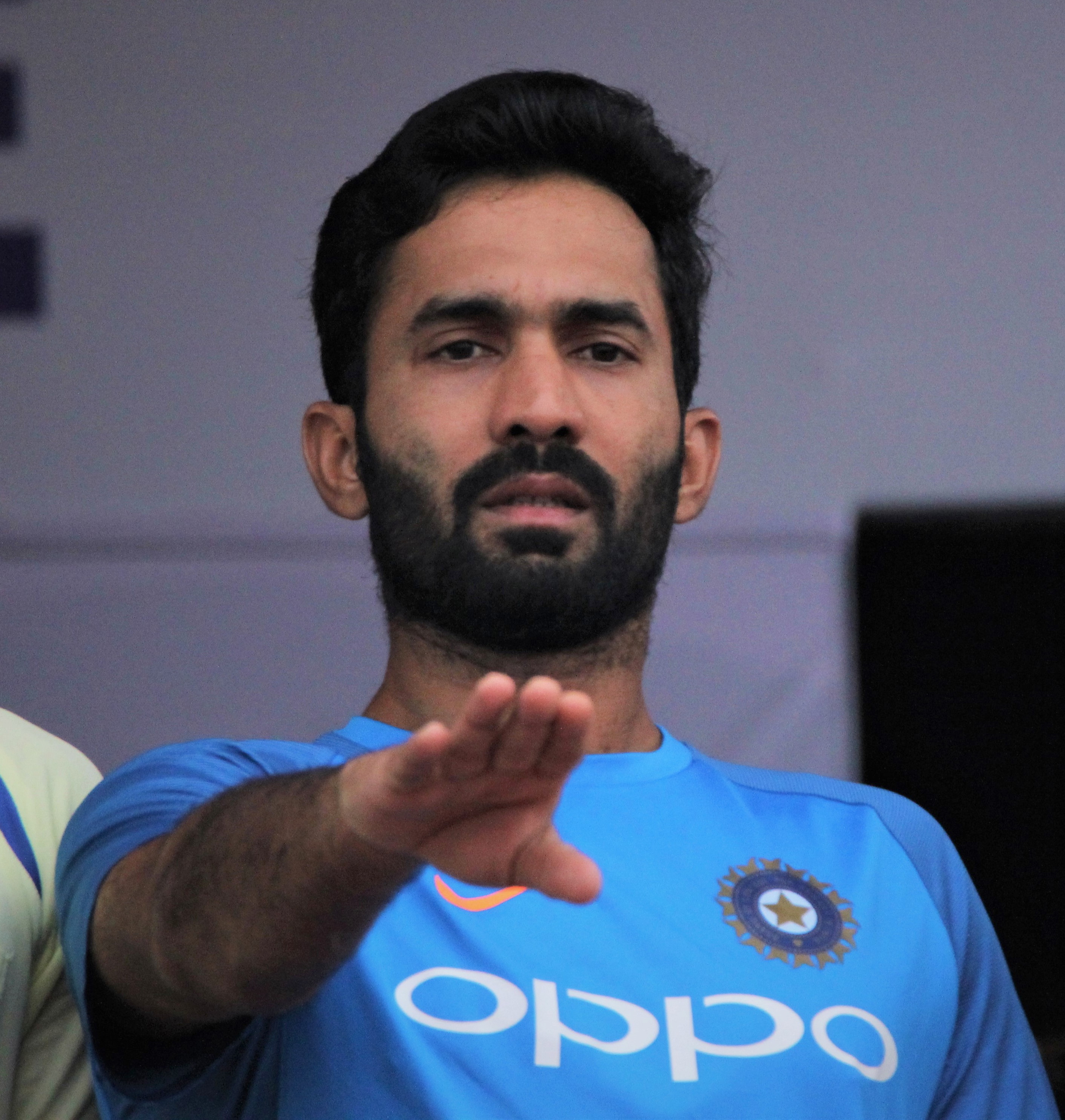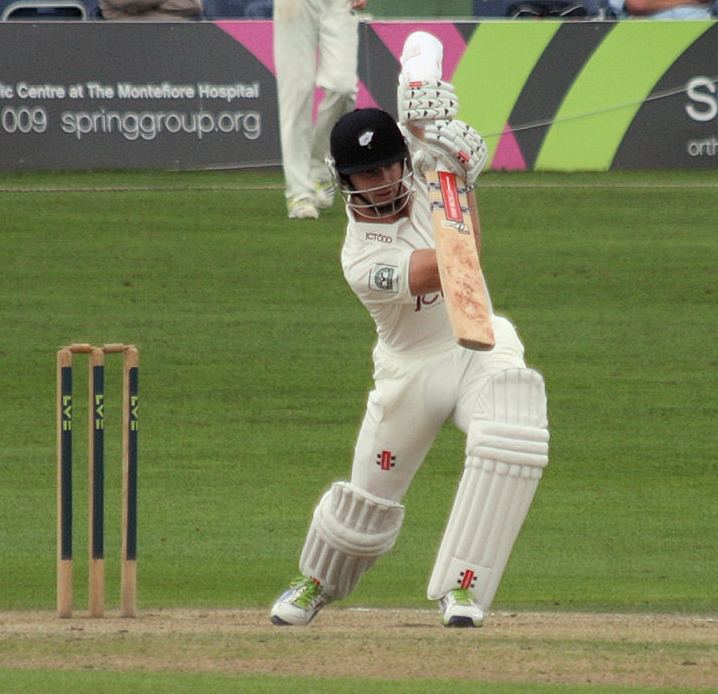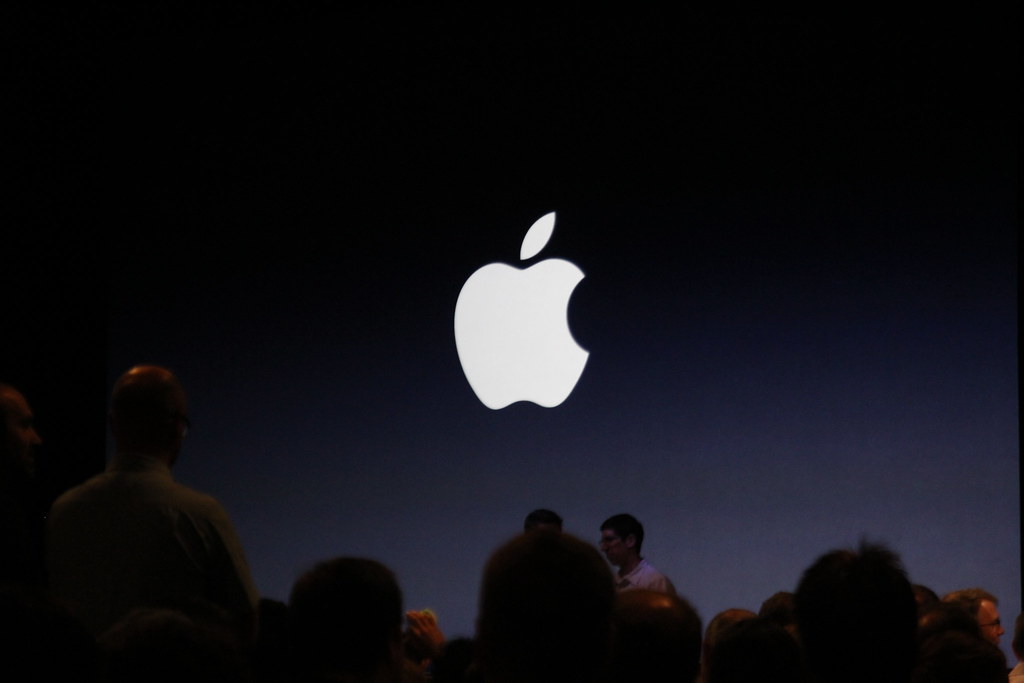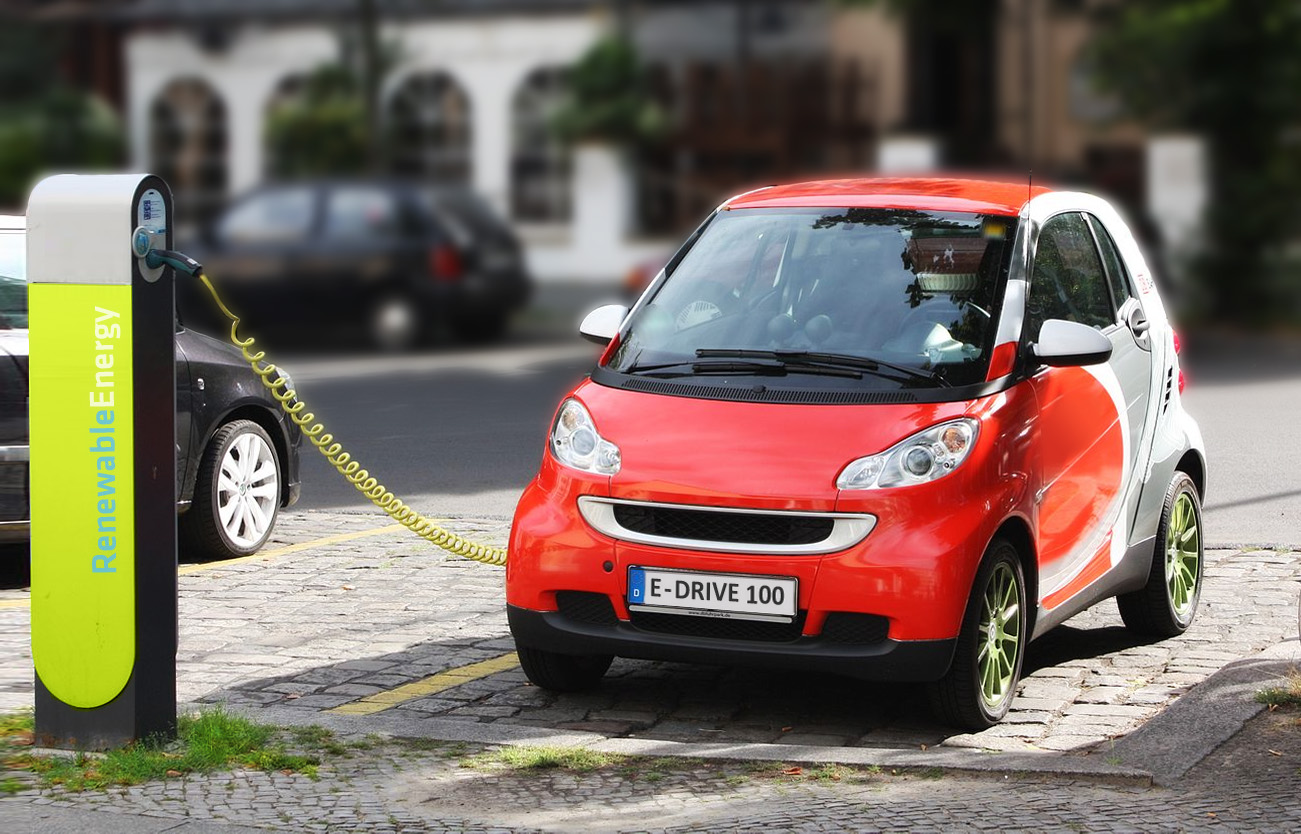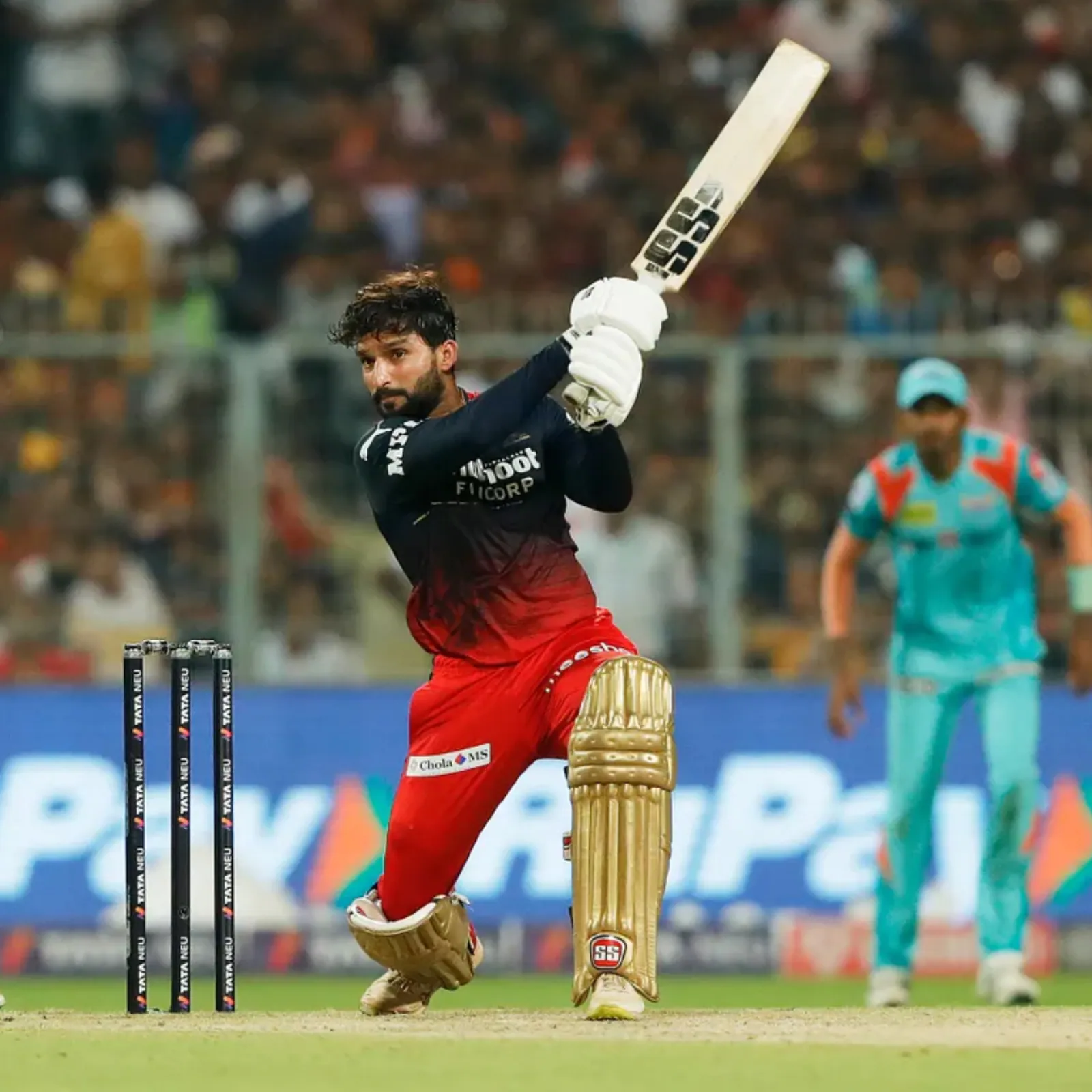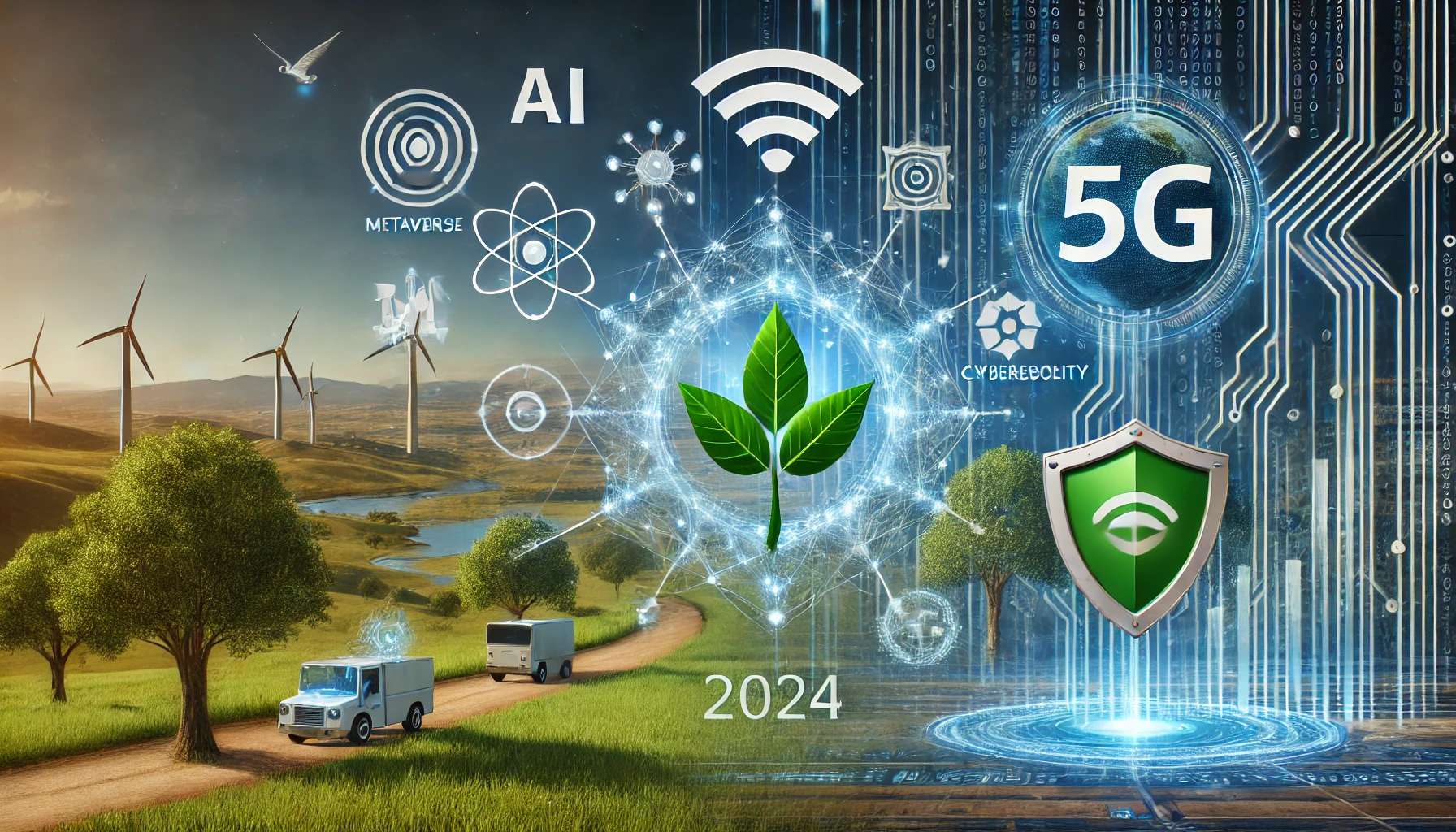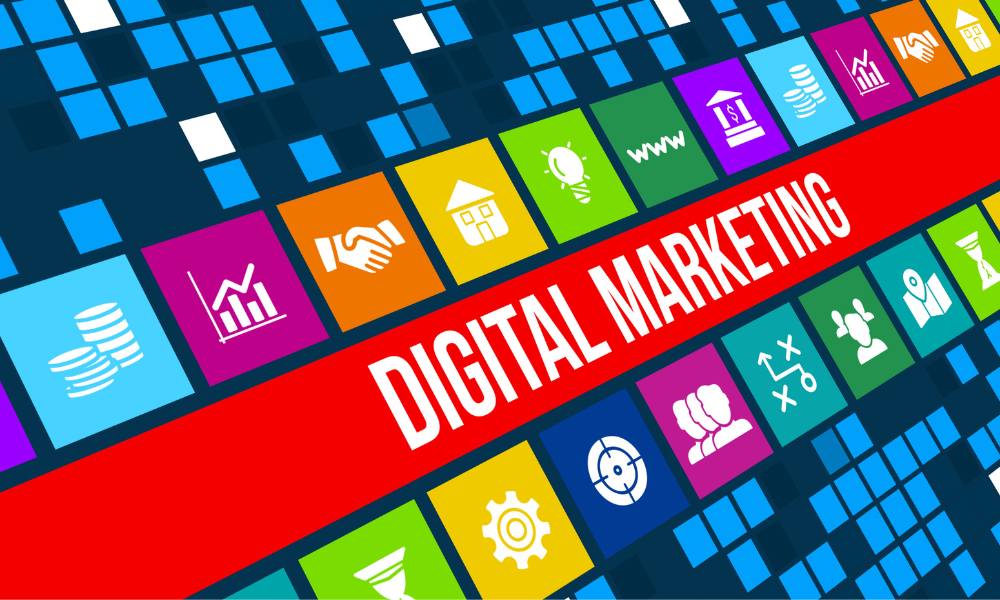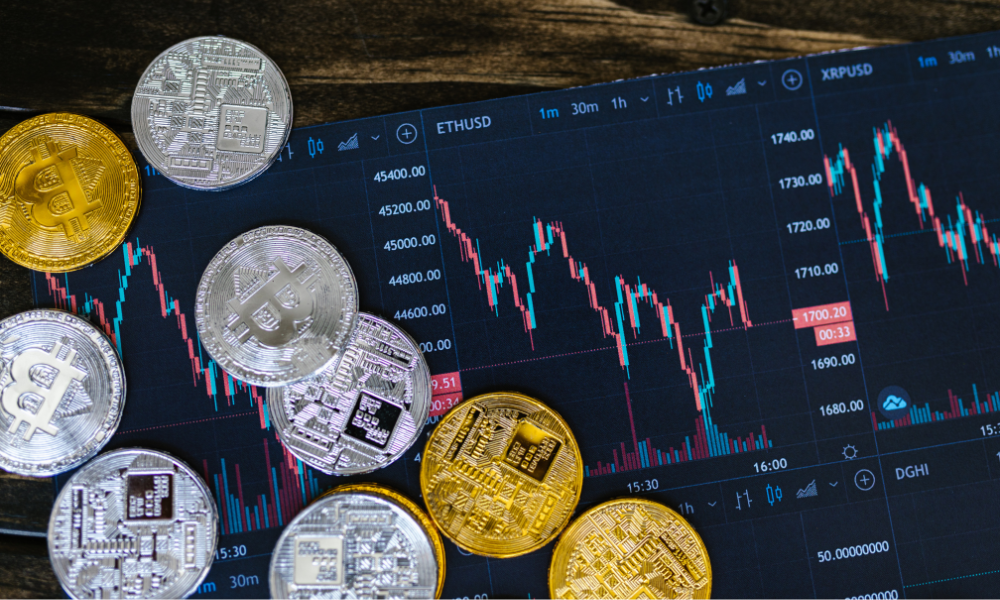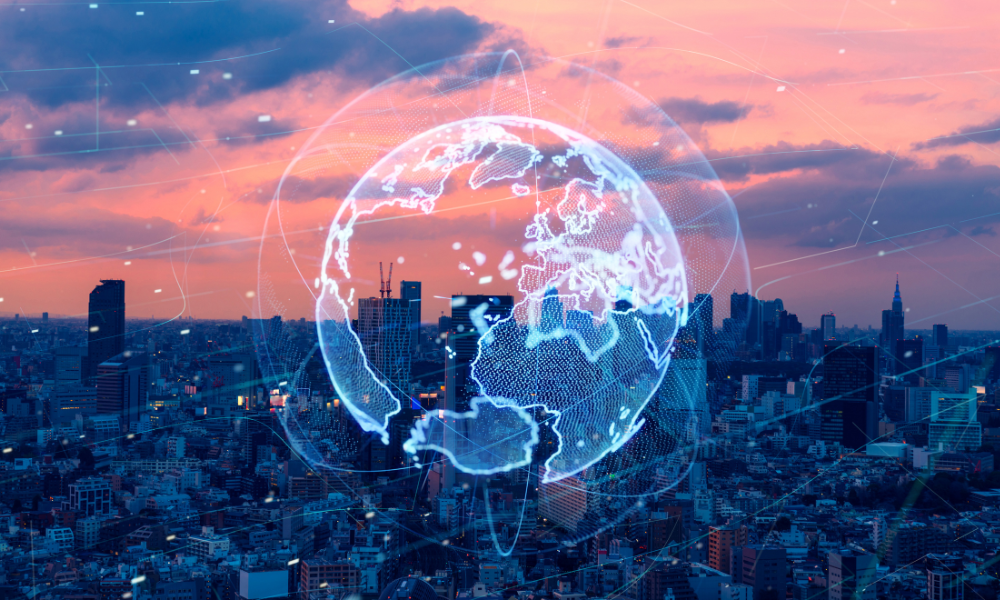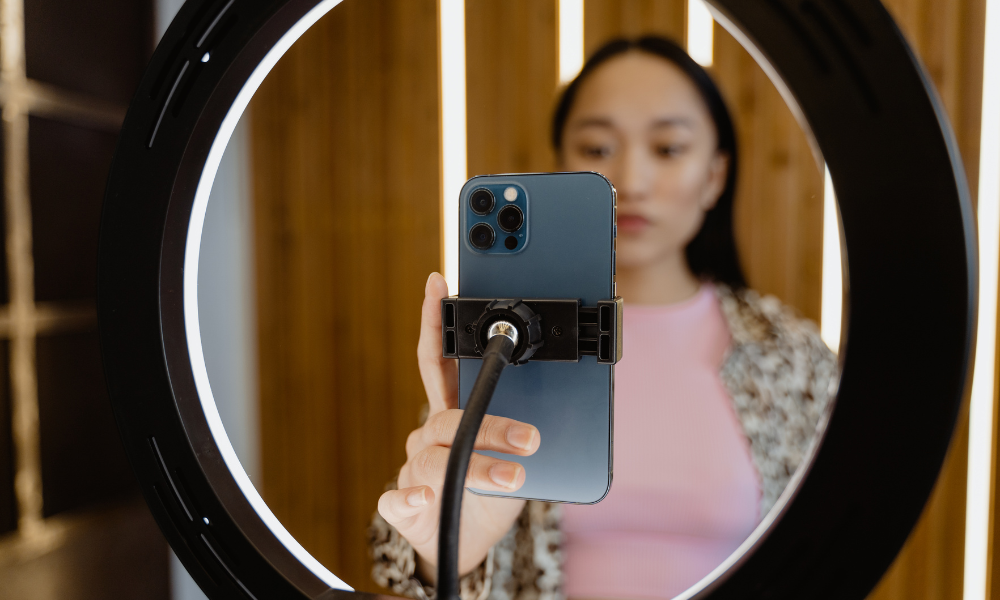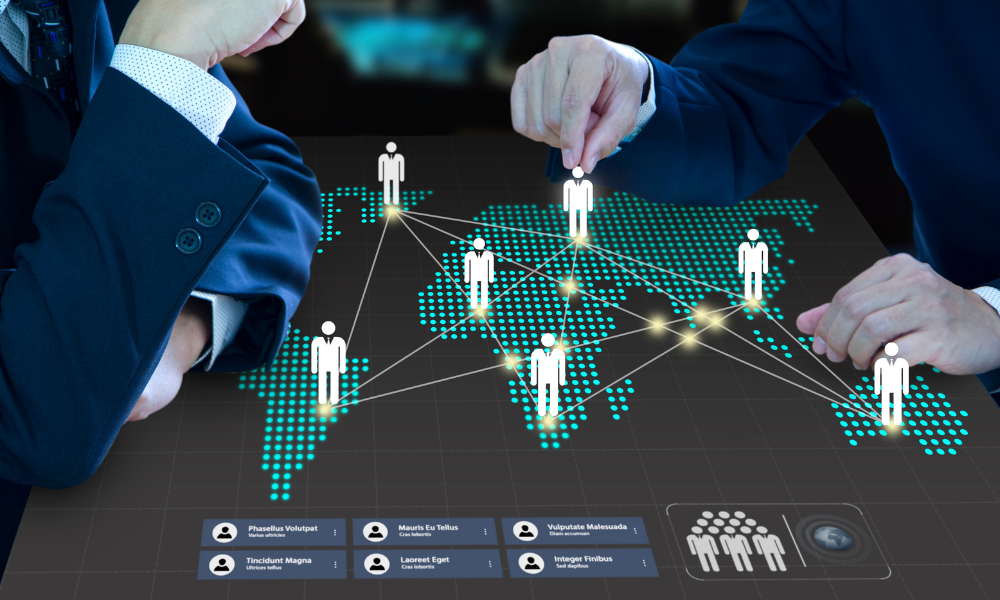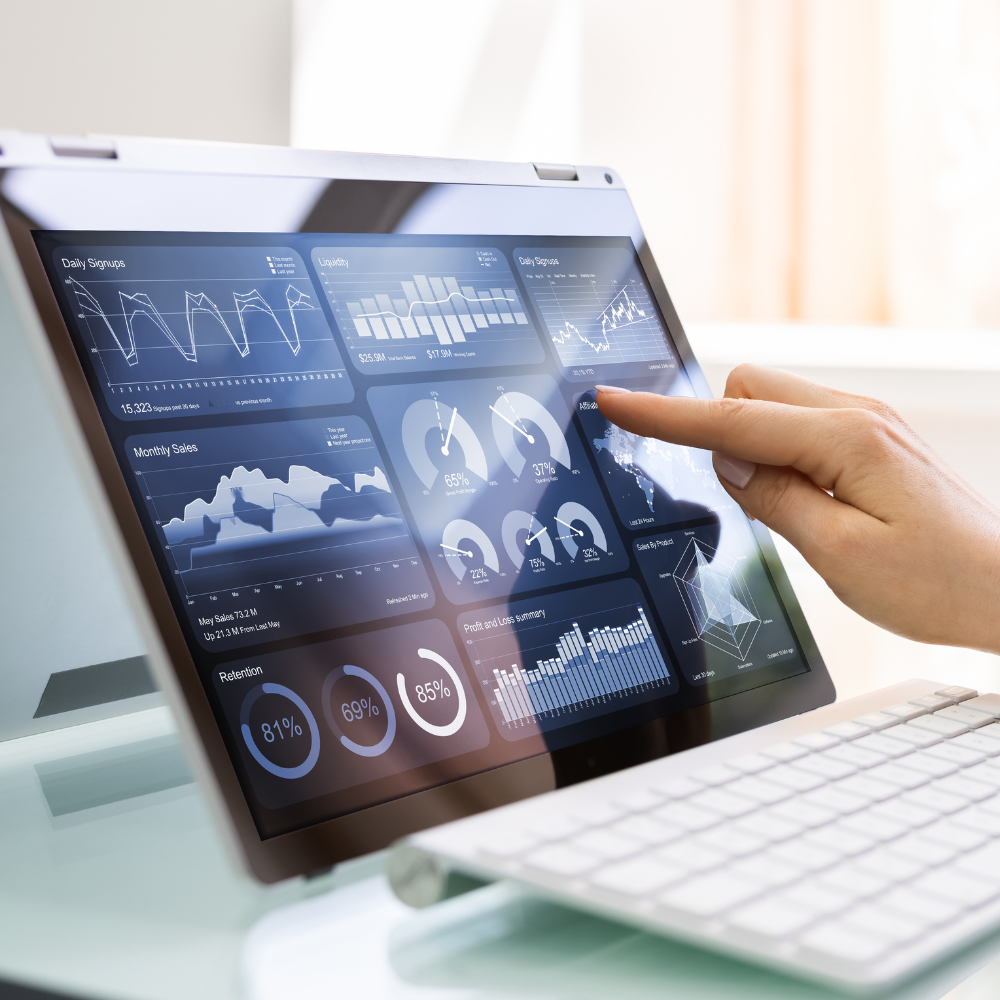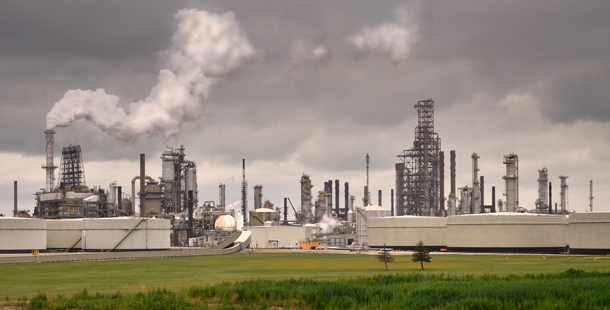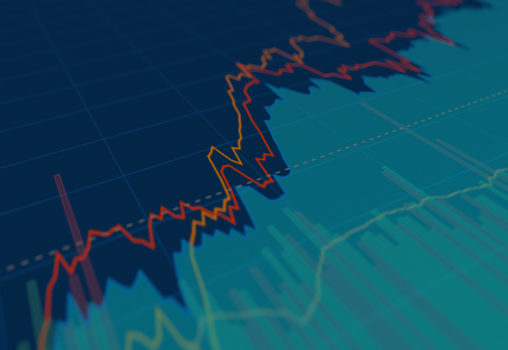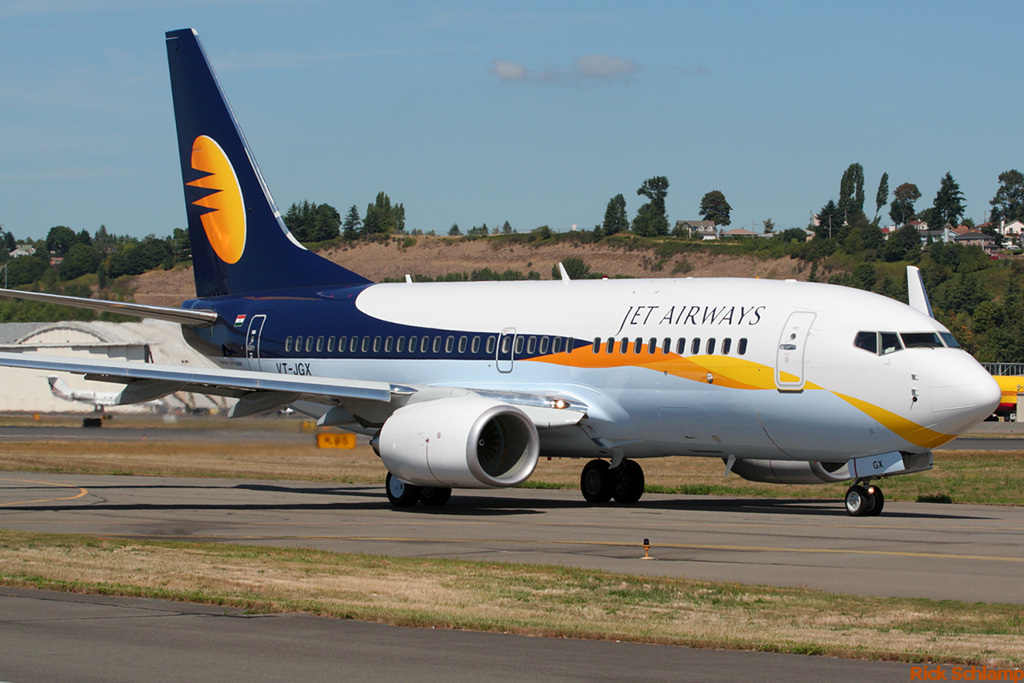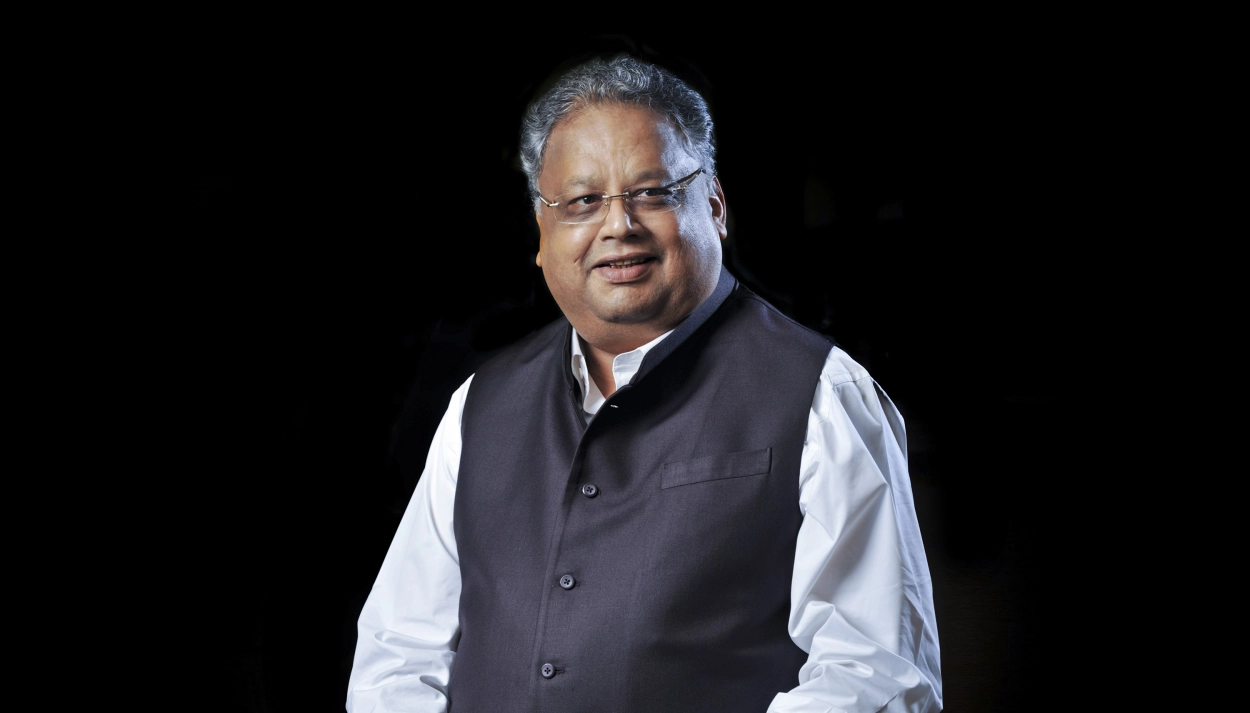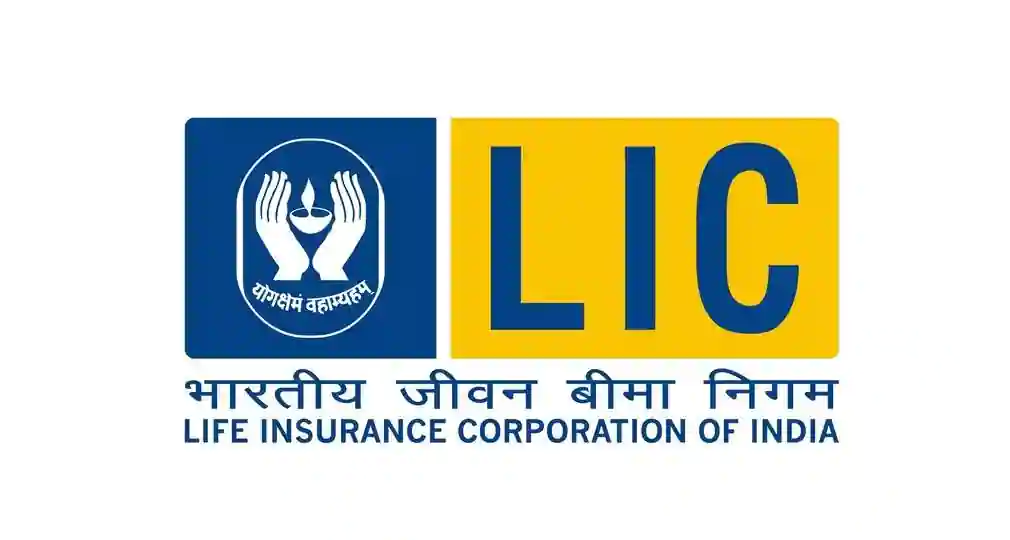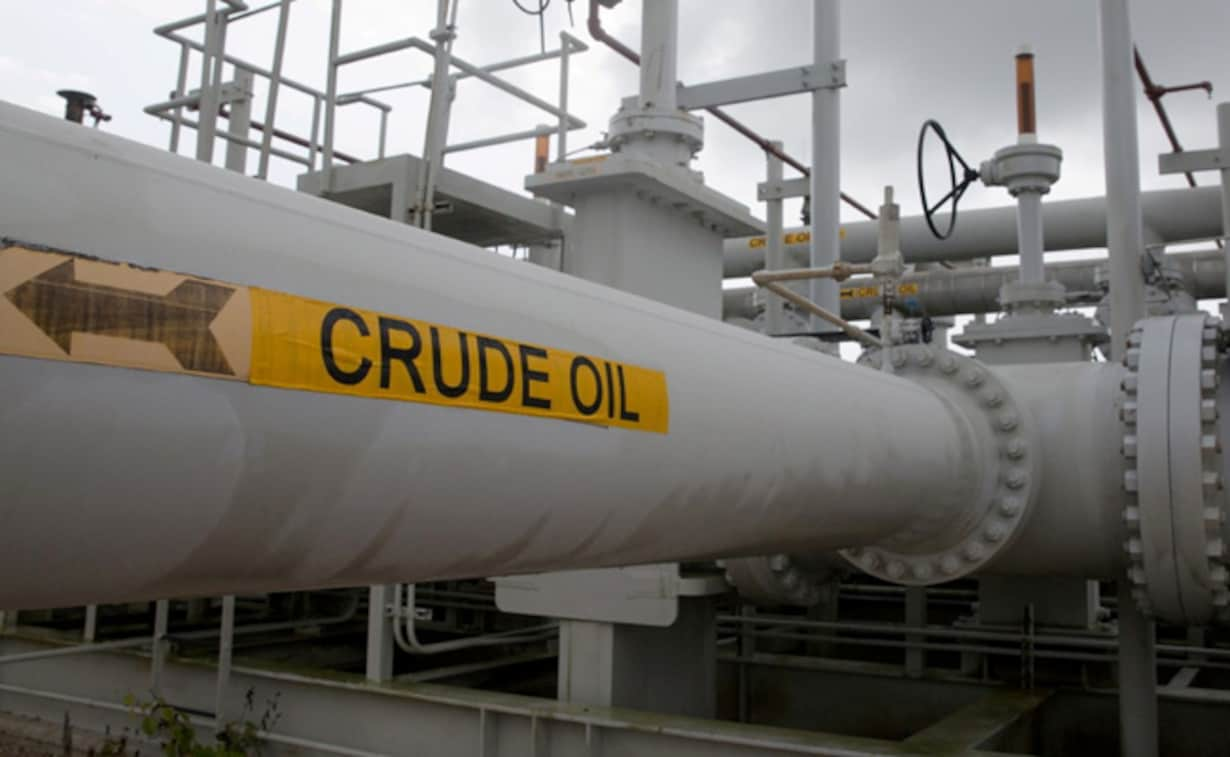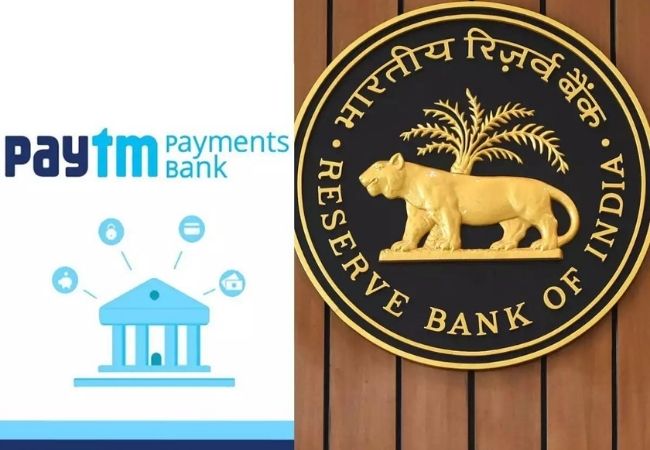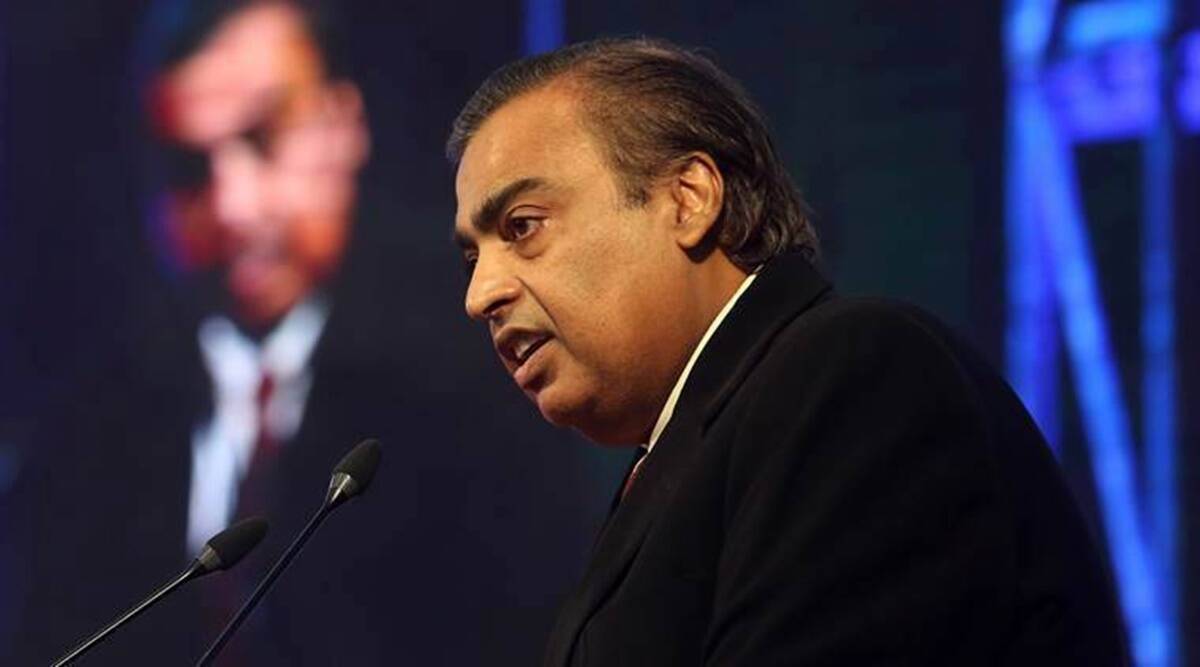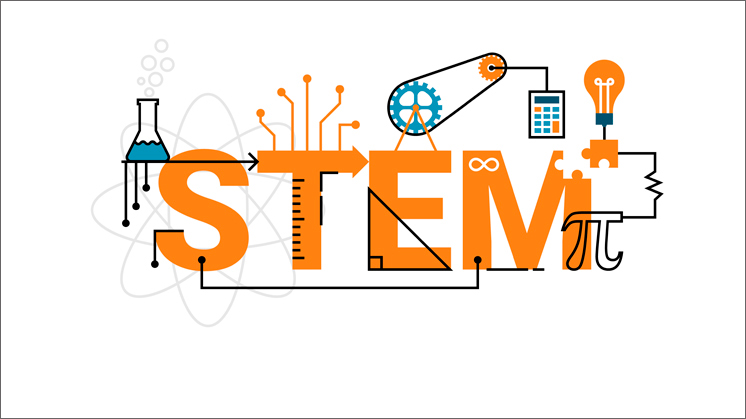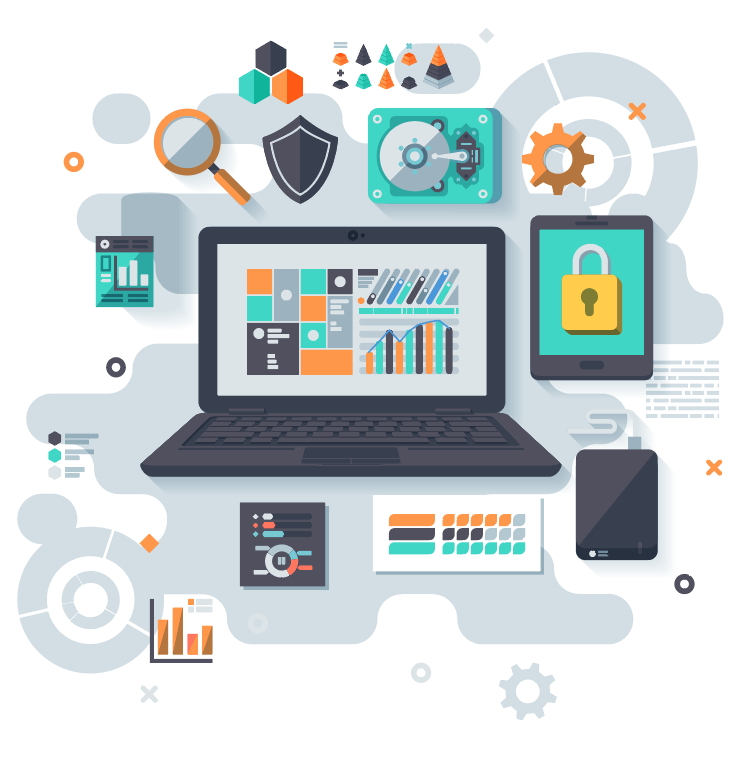#WeatherDrones #Meteorology #WeatherForecasting #DronesInScience #DataCollection #AtmosphericScience #TechnologyInWeather #RealTimeWeatherData #DroneTechnology #ClimateTech
In the ever-evolving field of meteorology, accurate weather forecasting remains a critical challenge. Traditional methods of data collection, such as weather balloons and ground-based sensors, have served us well but come with limitations. Enter weather drones—an innovative technology that is revolutionizing how meteorologists gather data, offering unprecedented precision in weather forecasting. This blog explores the role of weather drones in transforming meteorology, their benefits, challenges, and the future of this exciting technology.
The Need for Innovation in Weather Data Collection
Weather forecasting relies heavily on data from various sources, including satellites, weather stations, and weather balloons. However, these traditional methods have their drawbacks:
Limited Coverage: Ground-based sensors provide localized data but cannot cover vast, remote, or inaccessible areas effectively.
High Altitude Gaps: Weather balloons collect data from the upper atmosphere but only at specific intervals and locations, leaving gaps in the data.
Time Constraints: Satellite data, though comprehensive, often lacks the real-time immediacy needed for highly localized and fast-changing weather conditions.
These limitations create a demand for a more agile, precise, and comprehensive approach to weather data collection—one that can fill in the gaps left by traditional methods. This is where weather drones come into play.
How Weather Drones Work
Weather drones, also known as Unmanned Aerial Vehicles (UAVs), are equipped with a range of sensors that collect atmospheric data as they fly through various layers of the atmosphere. These drones can be programmed to follow specific flight paths, collect data at various altitudes, and even hover in place to monitor evolving weather patterns.
Key features of weather drones include:
Multi-Sensor Capabilities: Drones can be outfitted with sensors to measure temperature, humidity, wind speed, air pressure, and even pollutants in the air.
Vertical Profiling: Unlike ground-based sensors, drones can ascend to different altitudes, providing a vertical profile of the atmosphere, which is crucial for understanding weather dynamics.
Real-Time Data Transmission: Drones can transmit data in real-time, allowing meteorologists to make more timely and accurate forecasts.
Agility and Precision: Drones can be deployed quickly and maneuvered into areas that are otherwise difficult to reach, such as during a hurricane or over rough terrain.
The Benefits of Weather Drones
The introduction of weather drones offers several significant advantages over traditional methods of data collection:
Enhanced Precision: By collecting data at various altitudes and in real-time, drones provide a more detailed and accurate picture of atmospheric conditions. This data is invaluable for improving the accuracy of weather models and forecasts.
Cost-Effectiveness: Weather drones are generally more cost-effective than launching weather balloons or relying solely on satellite data. They can be deployed as needed, reducing the overall cost of data collection.
Versatility: Drones can be used in a variety of environments, from urban areas to remote wildernesses, and in a range of weather conditions. This versatility allows for more comprehensive data collection.
Improved Safety: In severe weather conditions, such as hurricanes or wildfires, drones can be sent into dangerous areas without risking human lives. This ability makes them invaluable for studying extreme weather events.
Environmental Impact: Drones are typically powered by electricity, making them more environmentally friendly compared to some traditional data collection methods, which may rely on fossil fuels.
Challenges and Limitations
While weather drones offer many benefits, they also come with their own set of challenges:
Regulatory Hurdles: The use of drones, especially in airspace near airports or populated areas, is subject to strict regulations. Navigating these regulations can be a hurdle for widespread adoption.
Battery Life and Range: The flight time of drones is often limited by battery life, which can restrict the amount of data collected during a single flight. However, advancements in battery technology are gradually extending flight times.
Data Integration: Integrating drone-collected data with traditional meteorological data sources requires sophisticated data processing and analysis techniques, which can be complex and resource-intensive.
Weather Conditions: Ironically, the very weather conditions drones are meant to study can sometimes impede their operation. High winds, heavy rain, or extreme cold can limit drone performance or damage equipment.
The Future of Weather Drones
Despite these challenges, the future of weather drones looks promising. As technology advances, we can expect to see improvements in drone durability, battery life, and sensor capabilities. These advancements will enable drones to operate in even more extreme conditions and for longer periods, providing an even richer data set for meteorologists.
Moreover, as the integration of Artificial Intelligence (AI) and machine learning continues, drones will become smarter, able to autonomously adapt their flight paths in response to changing weather conditions, further enhancing their data collection capabilities.
The use of swarming technology, where multiple drones work together in a coordinated manner, could also become a game-changer. Swarms of drones could cover large areas quickly, providing a comprehensive real-time picture of atmospheric conditions.
Conclusion: Weather drones represent a significant leap forward in meteorological technology. By providing more precise, real-time data, they are set to revolutionize the way we understand and predict the weather, ultimately leading to more accurate forecasts and better preparedness for extreme weather events. As the technology continues to evolve, weather drones will undoubtedly play an increasingly vital role in the future of meteorology.
Powered by: Oh! Puhleeez Branding Agency & NowUpskill
#WeatherDrones #Meteorology #WeatherForecasting #DronesInScience #DataCollection #AtmosphericScience #TechnologyInWeather #RealTimeWeatherData #DroneTechnology #ClimateTech









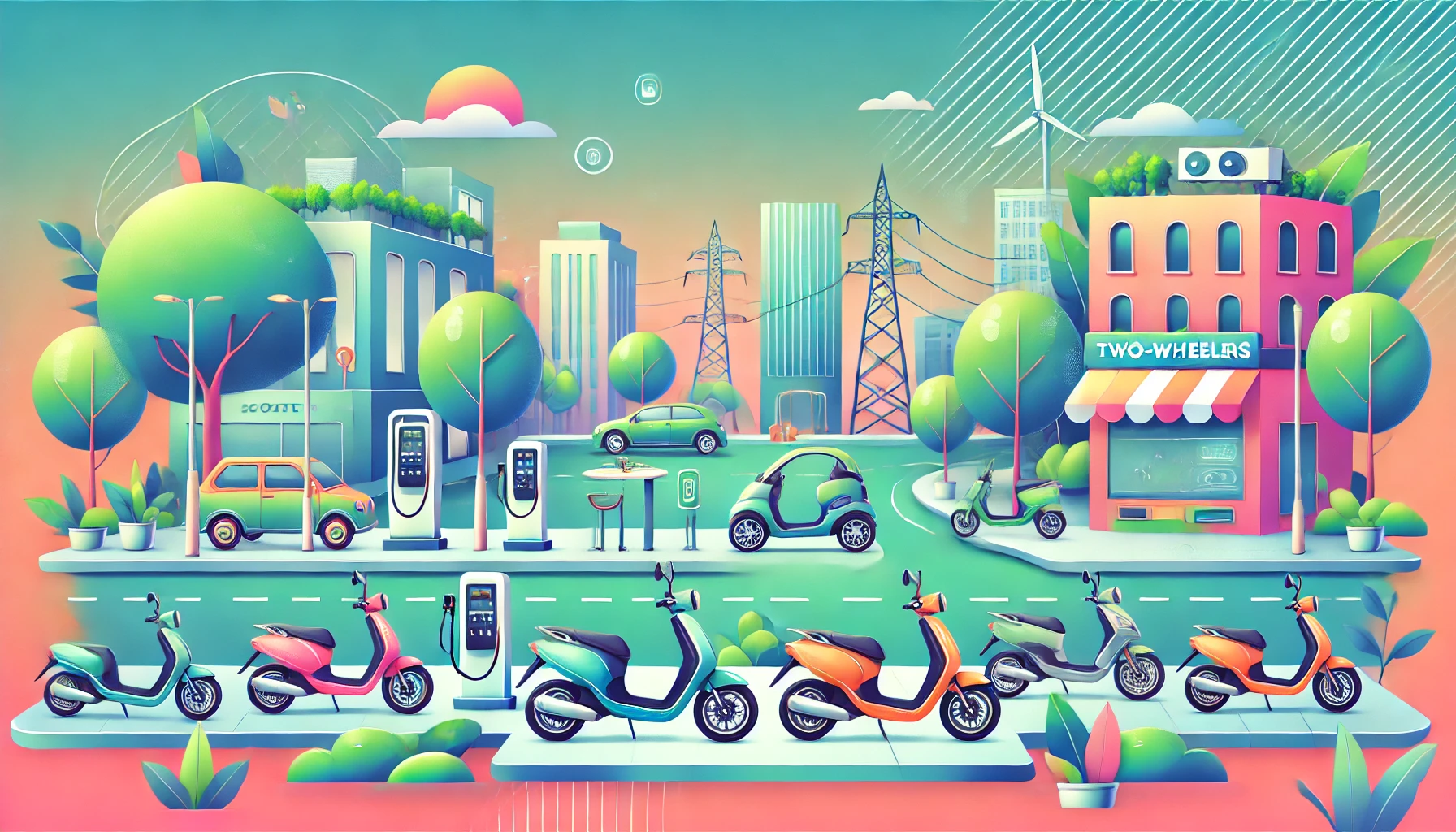
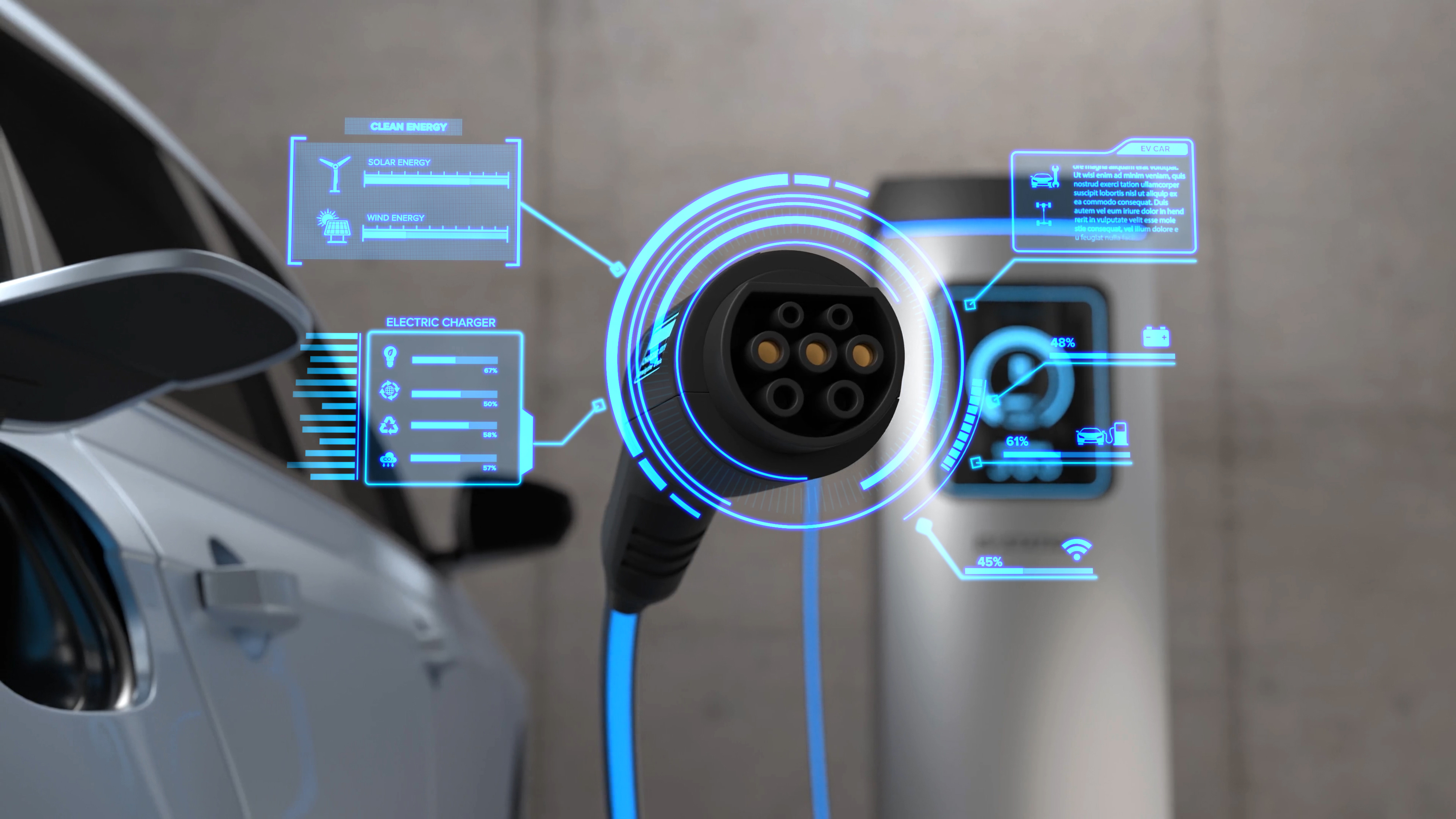

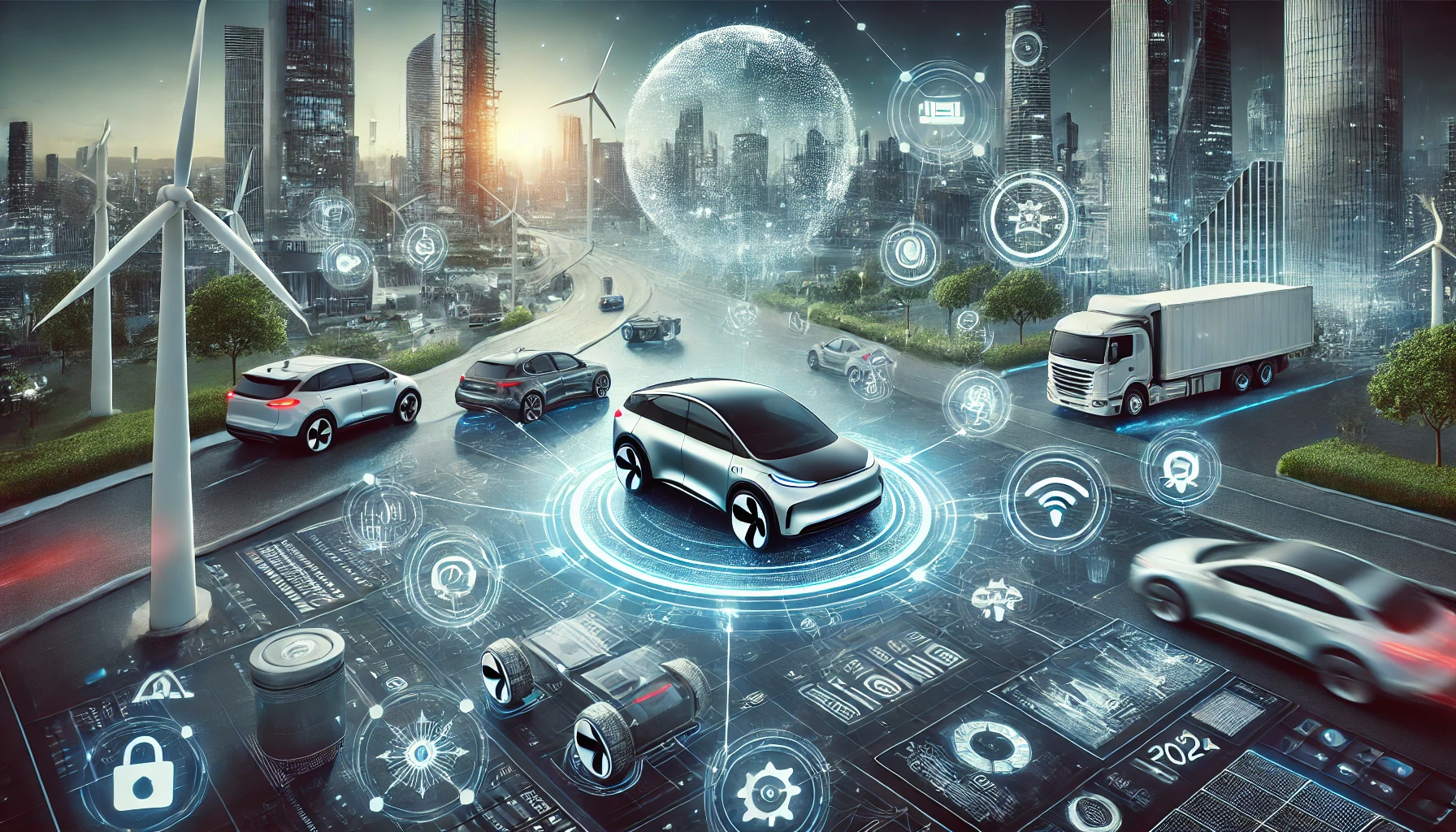
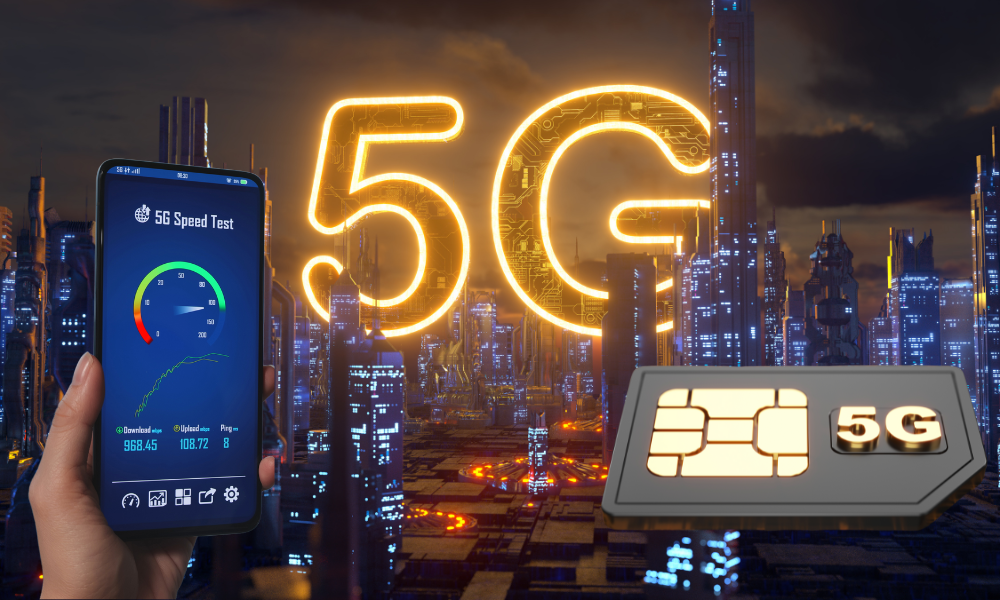
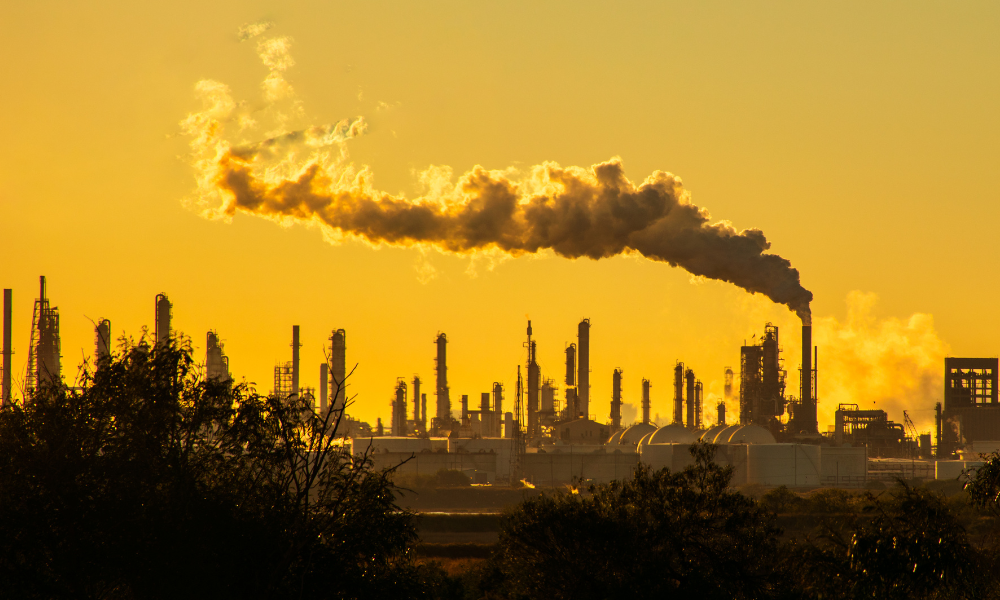

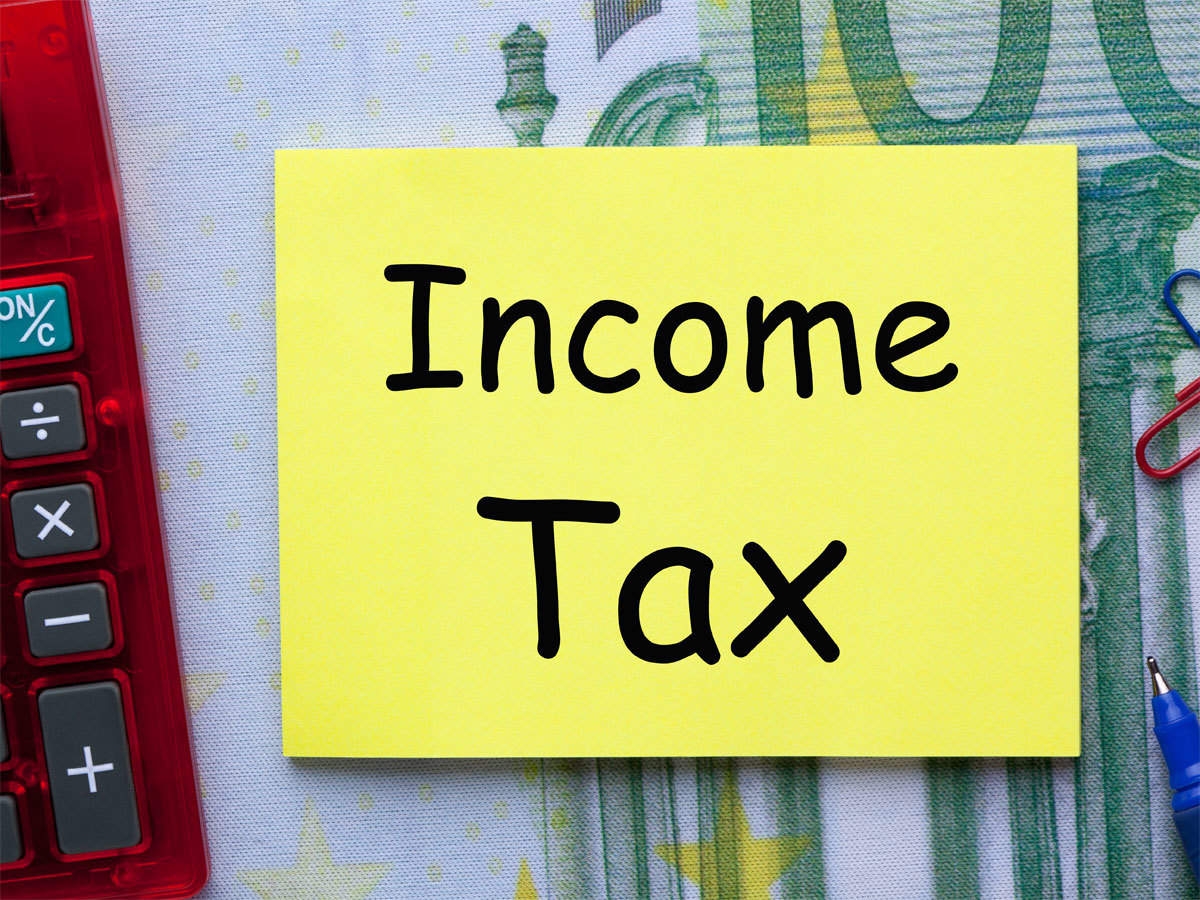
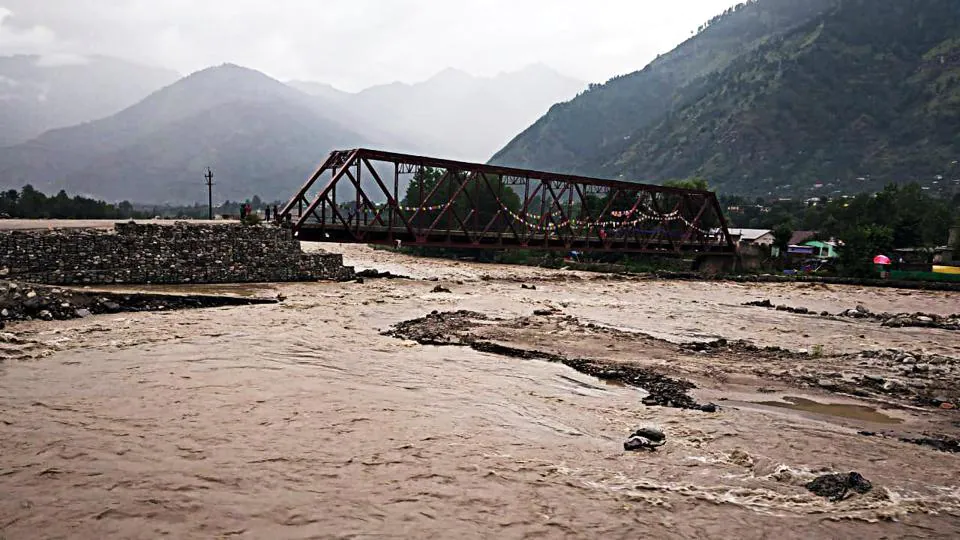
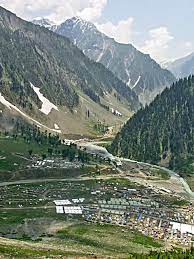









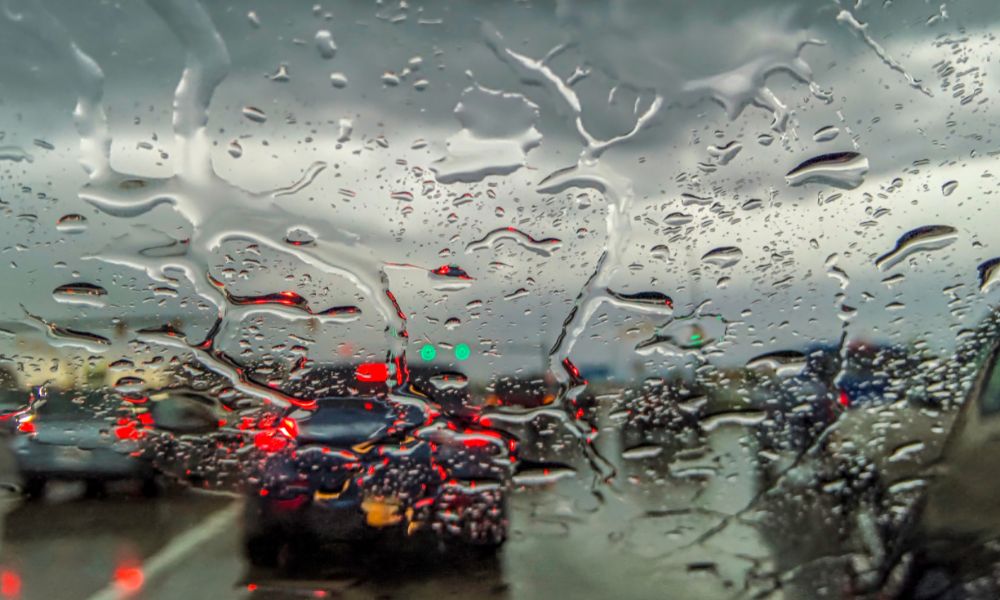
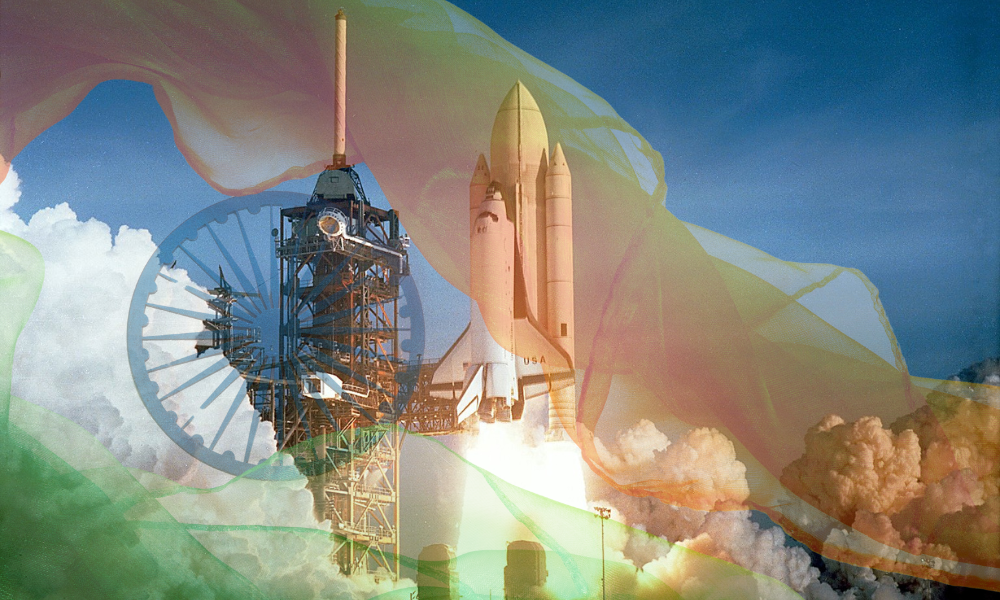


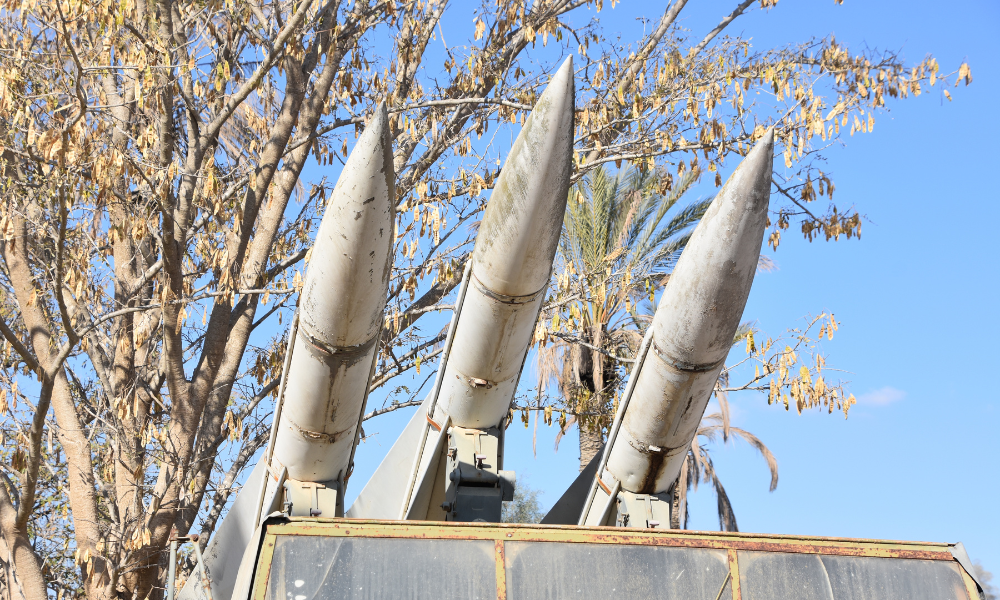






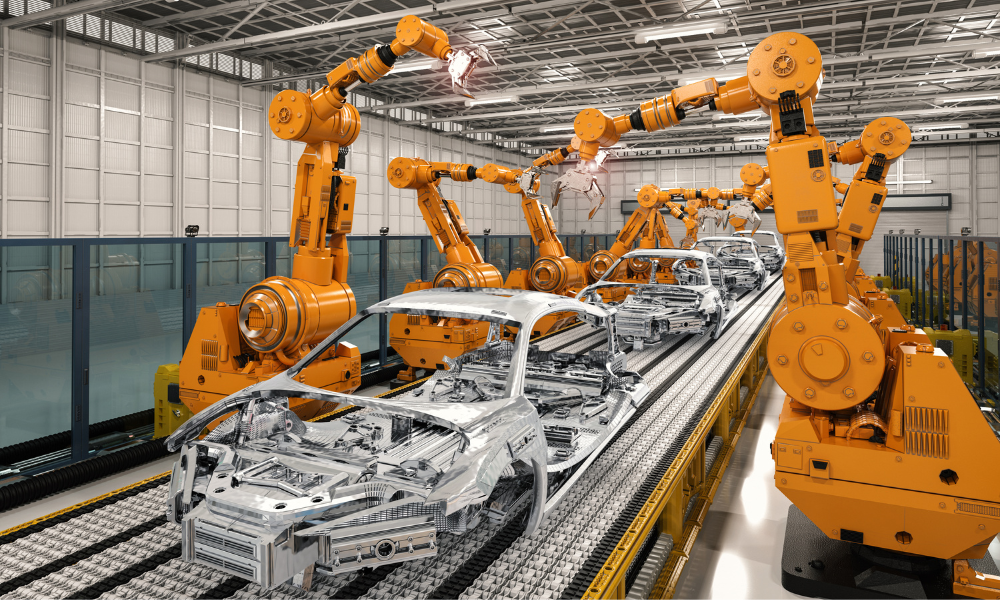



.png)
.png)
